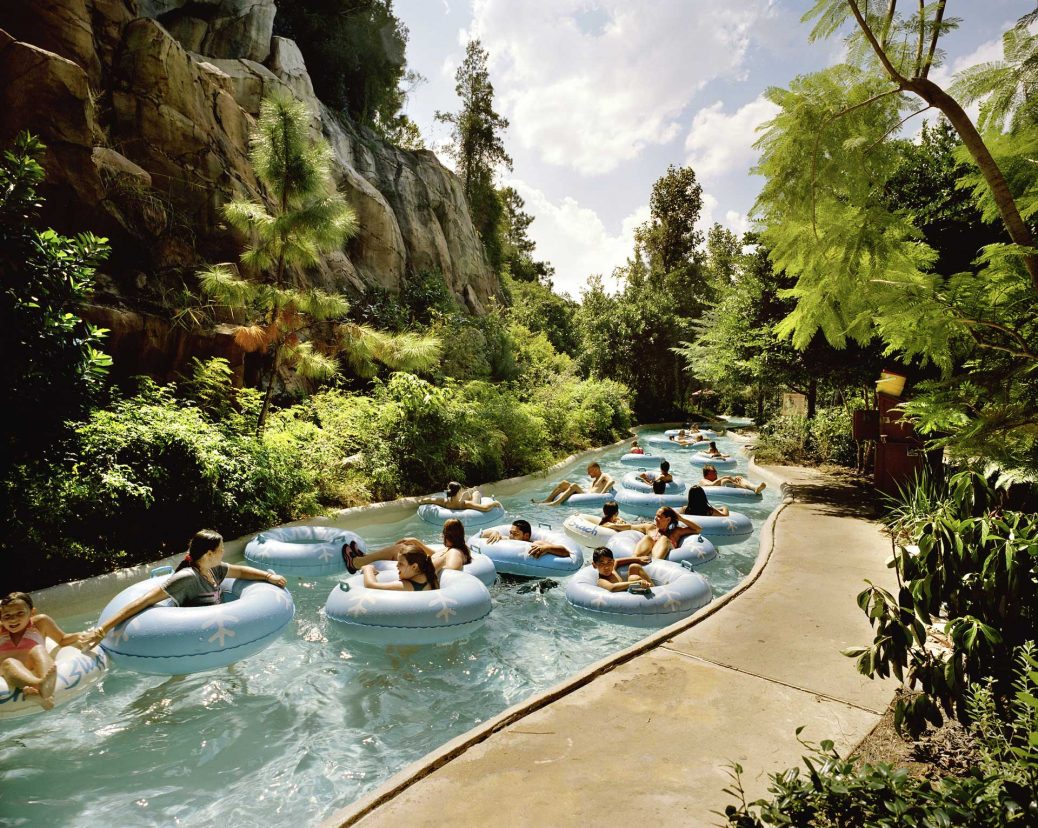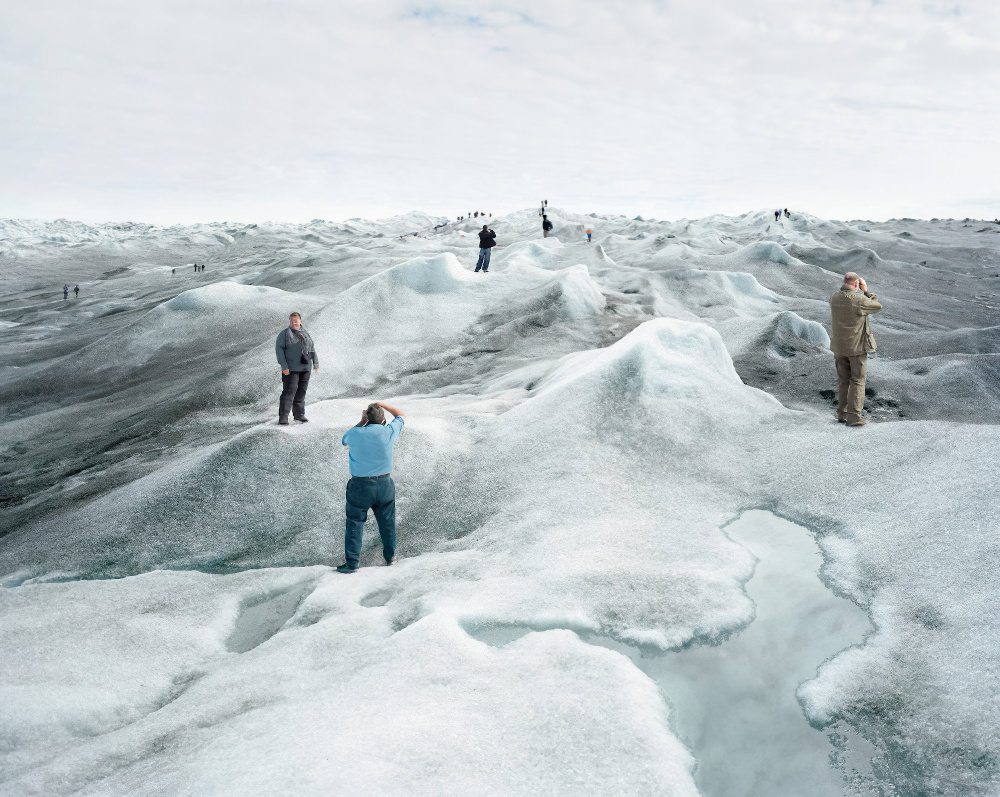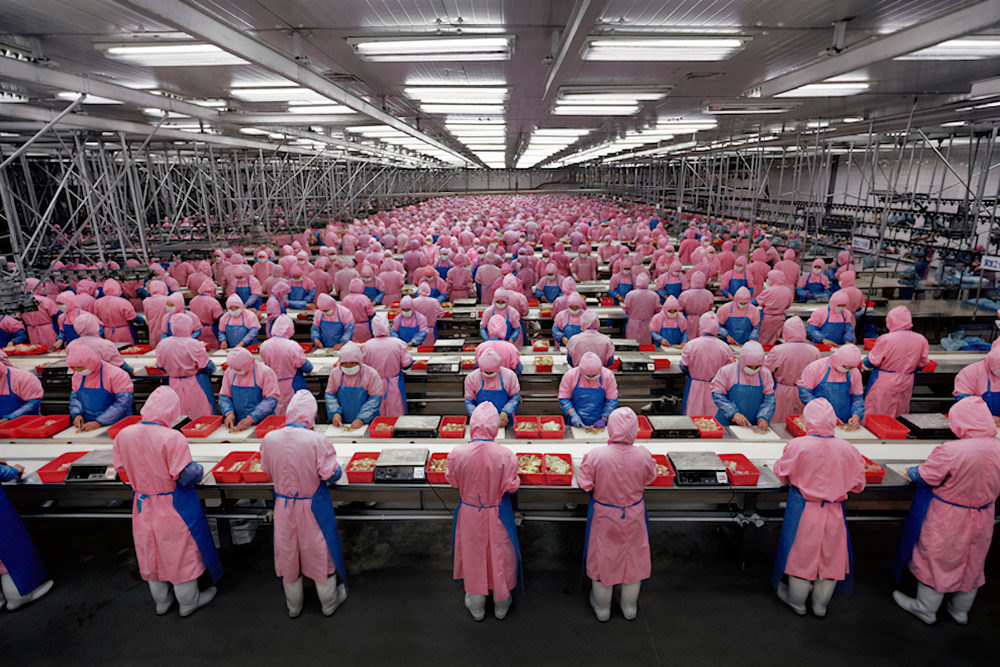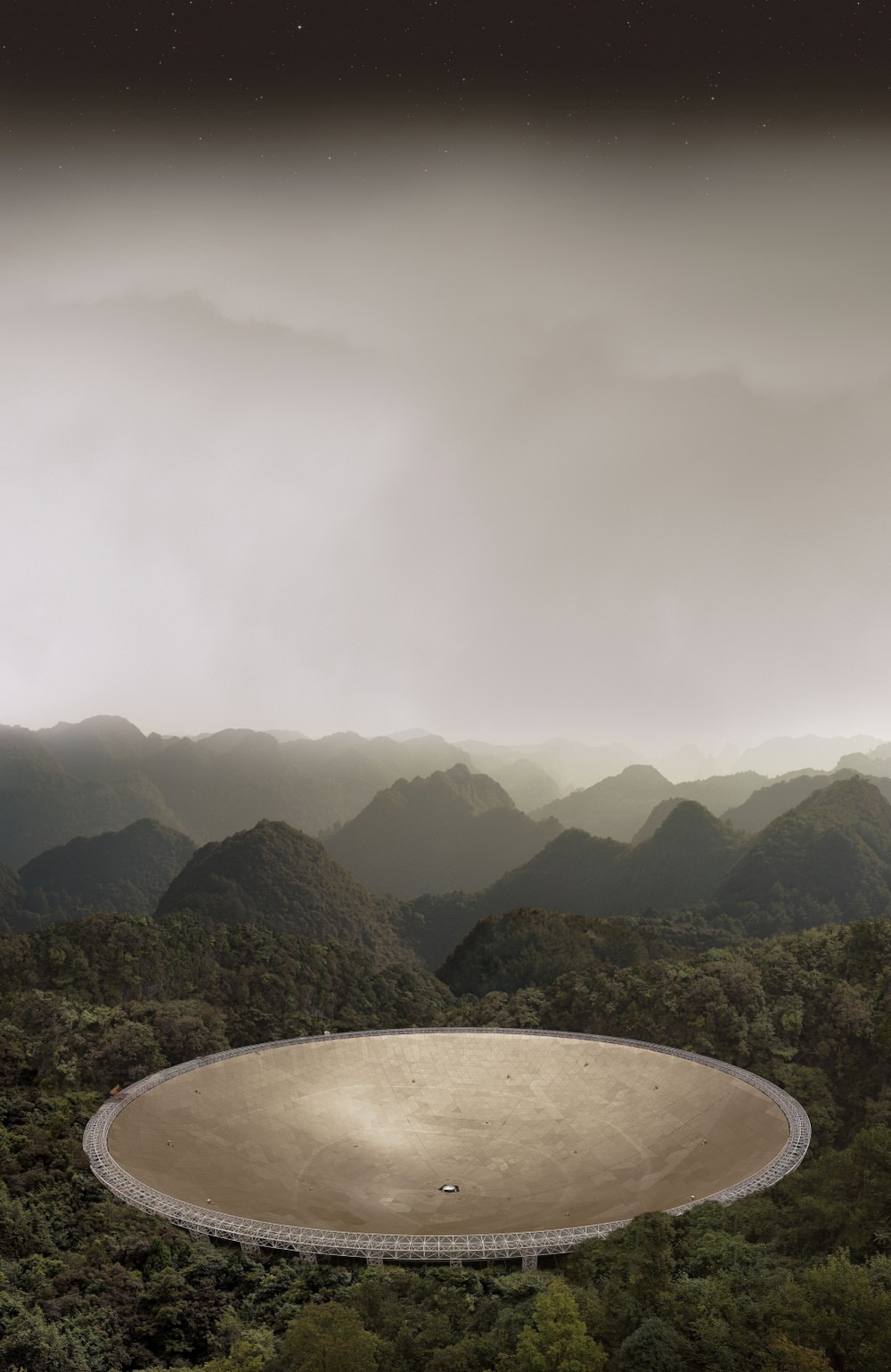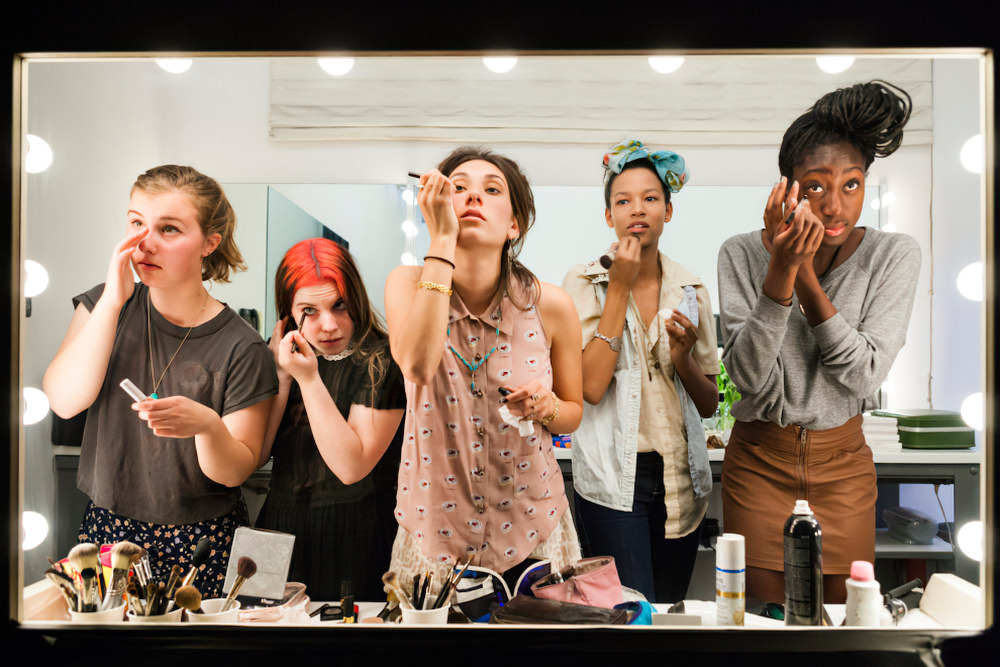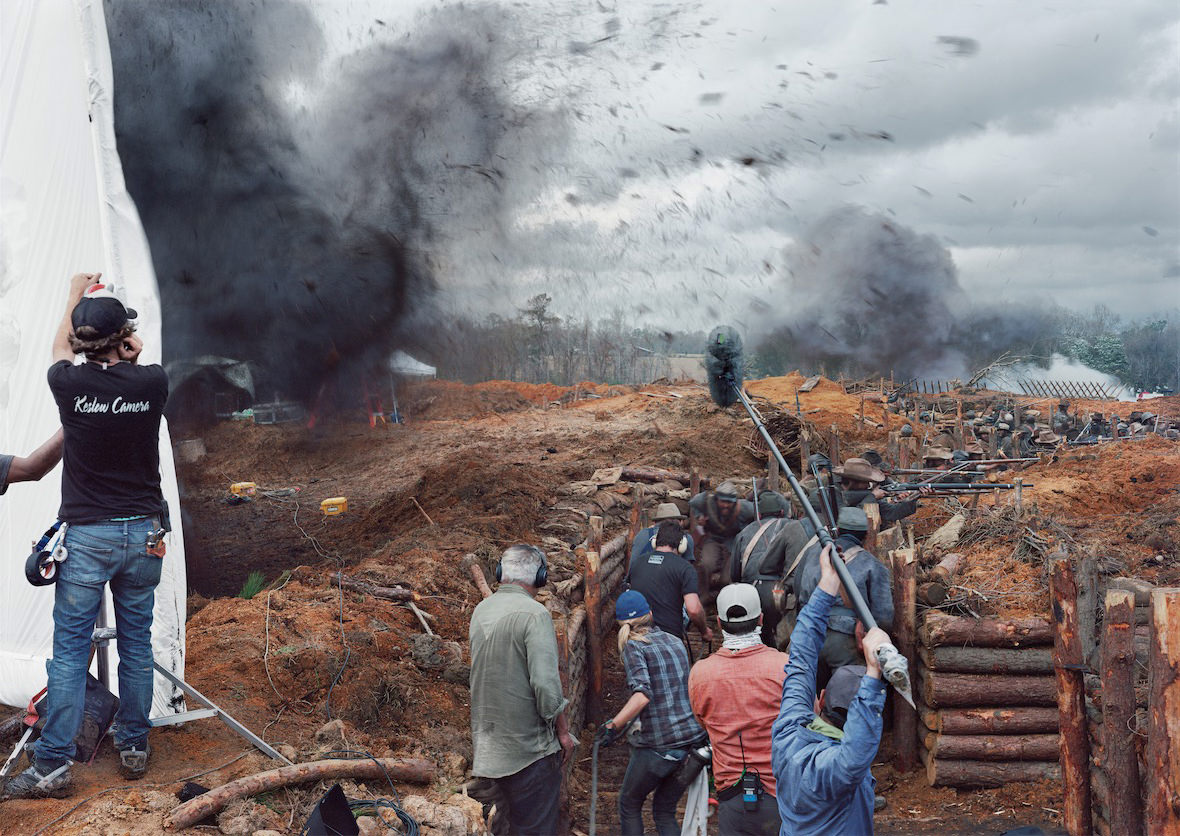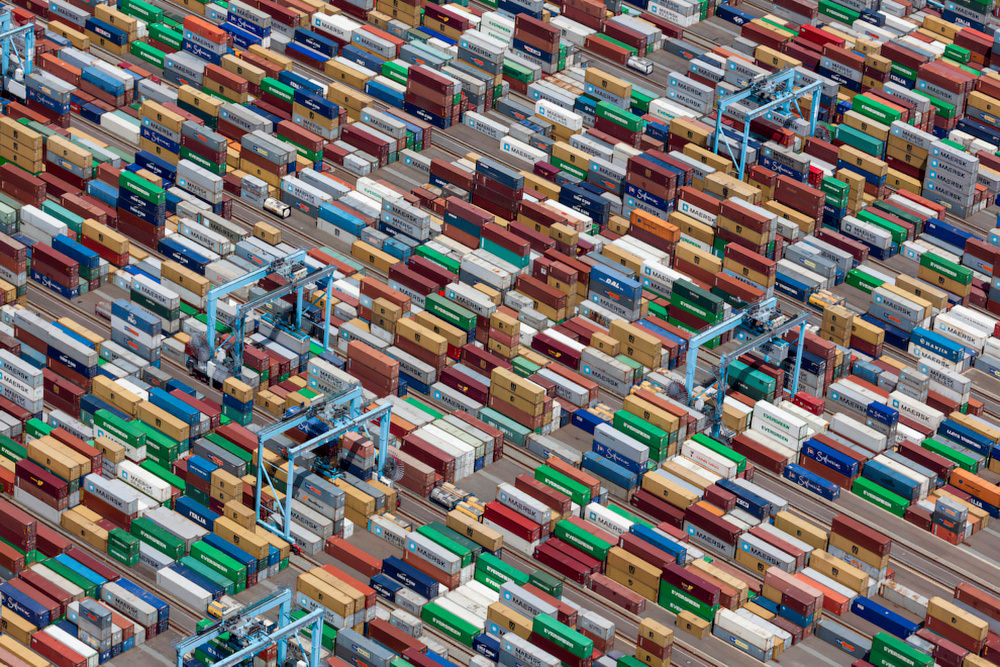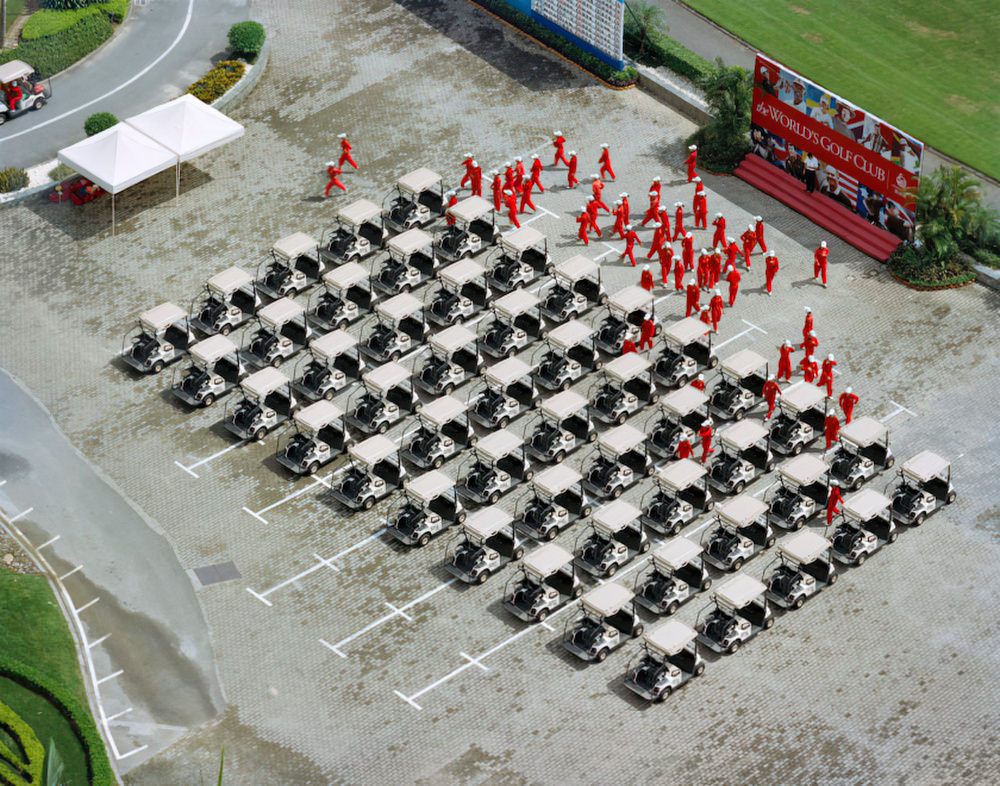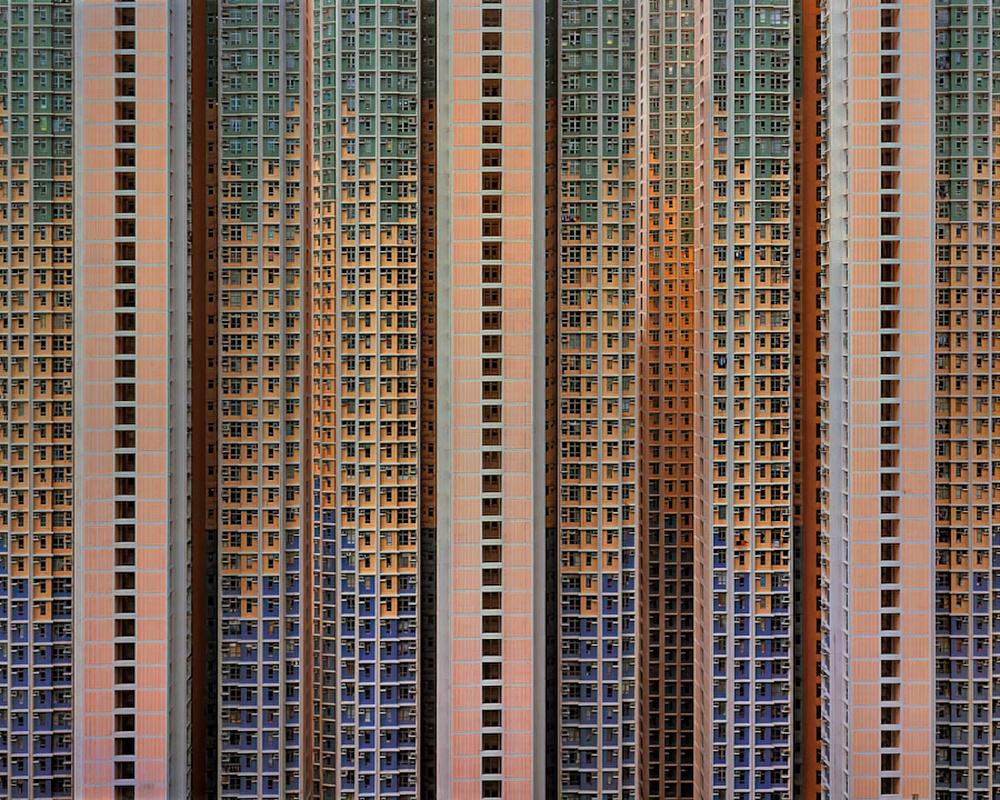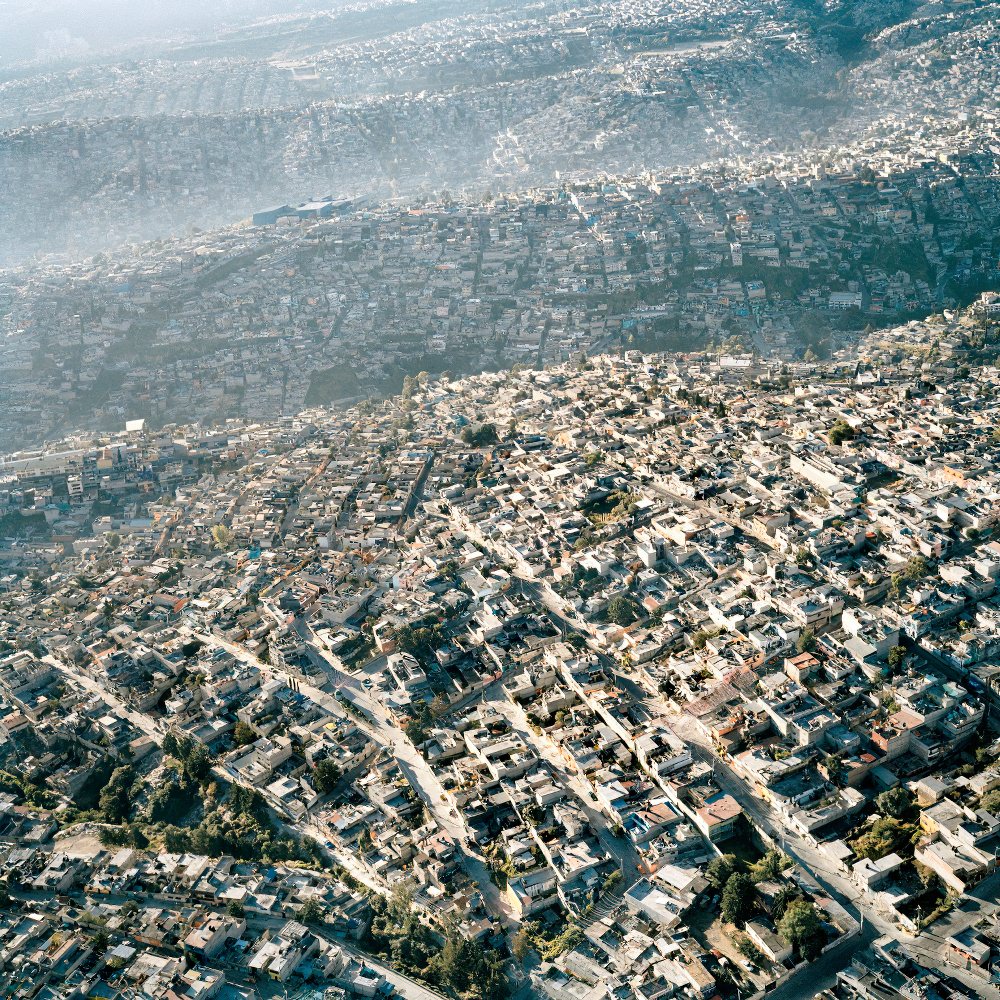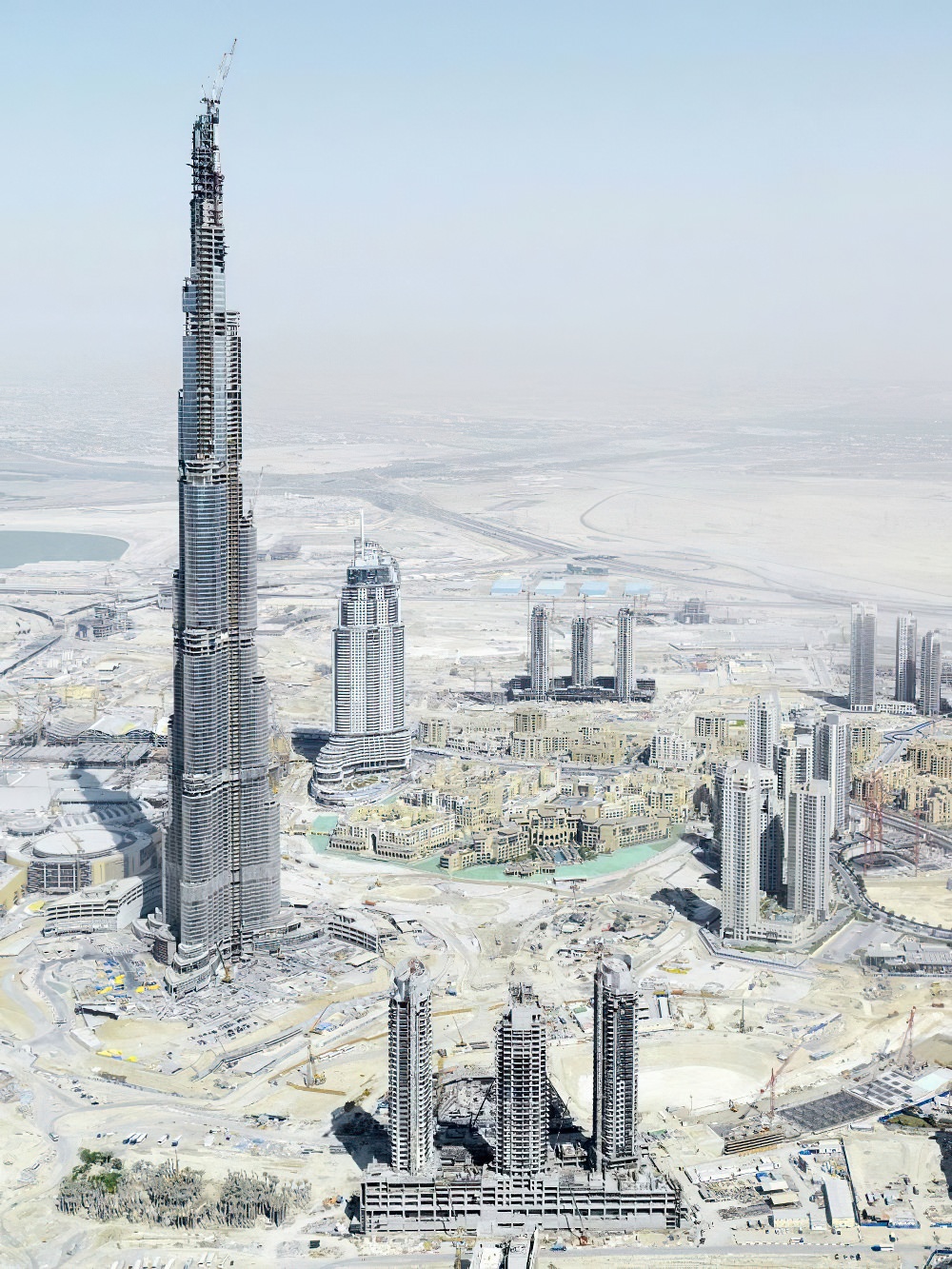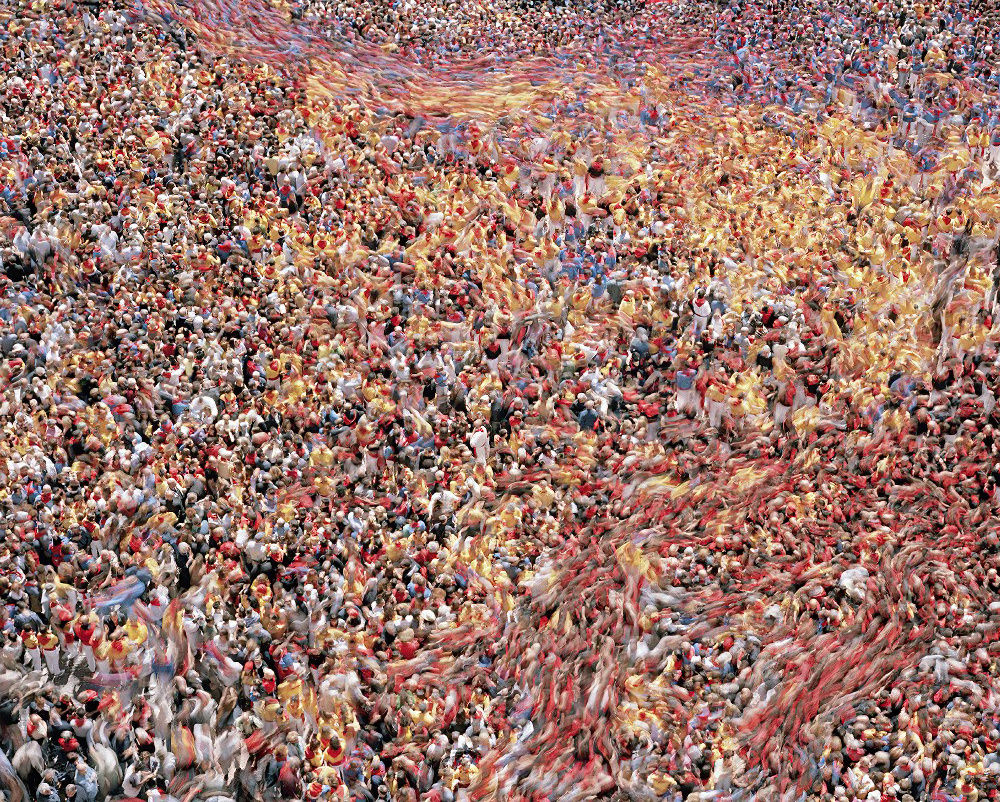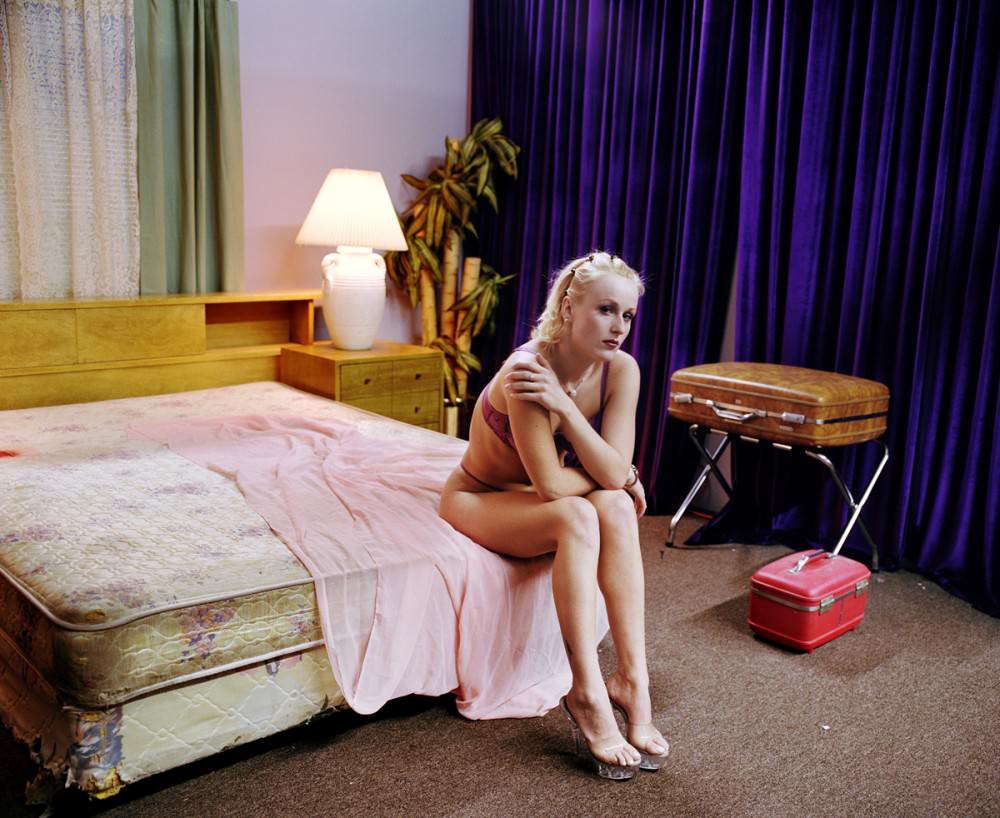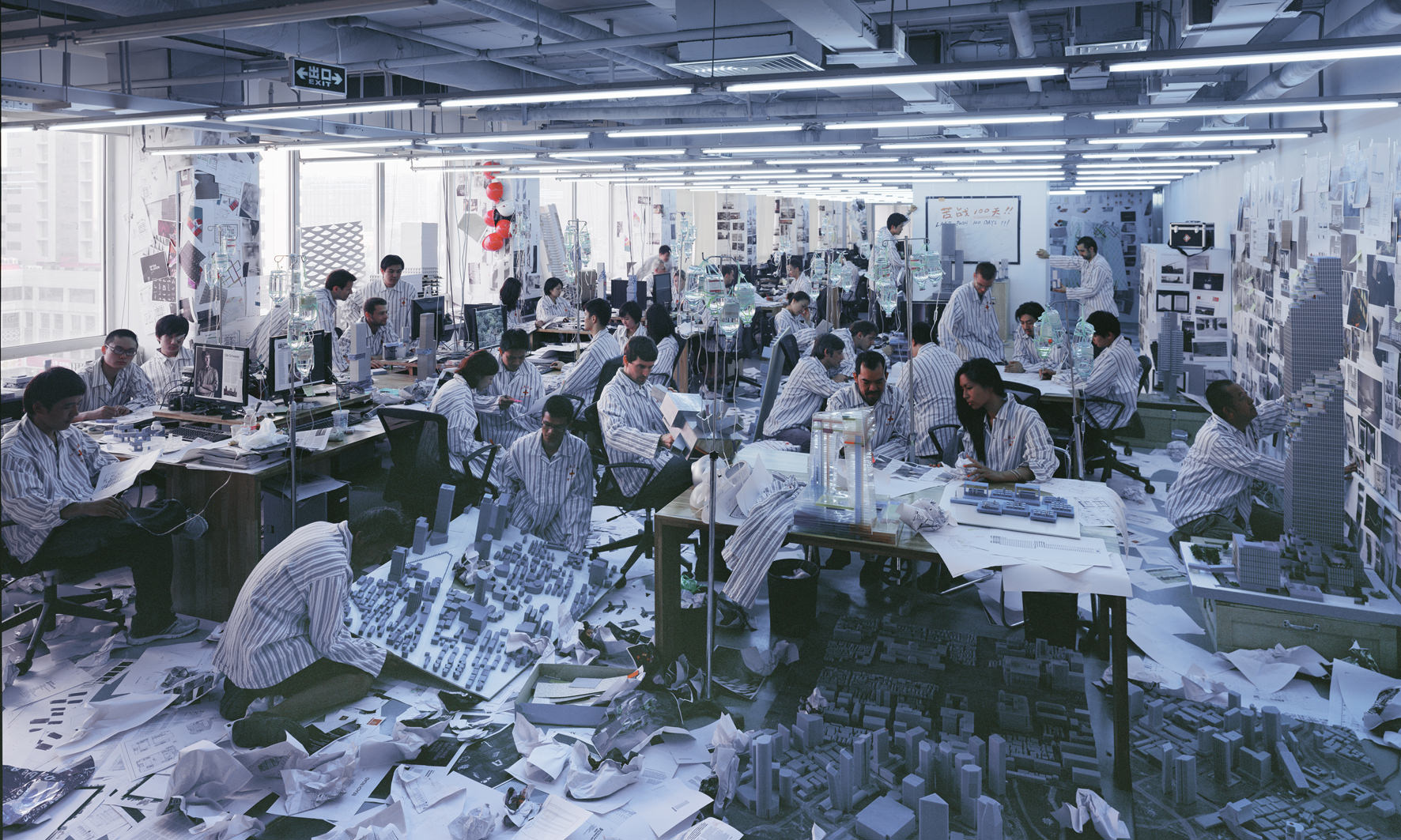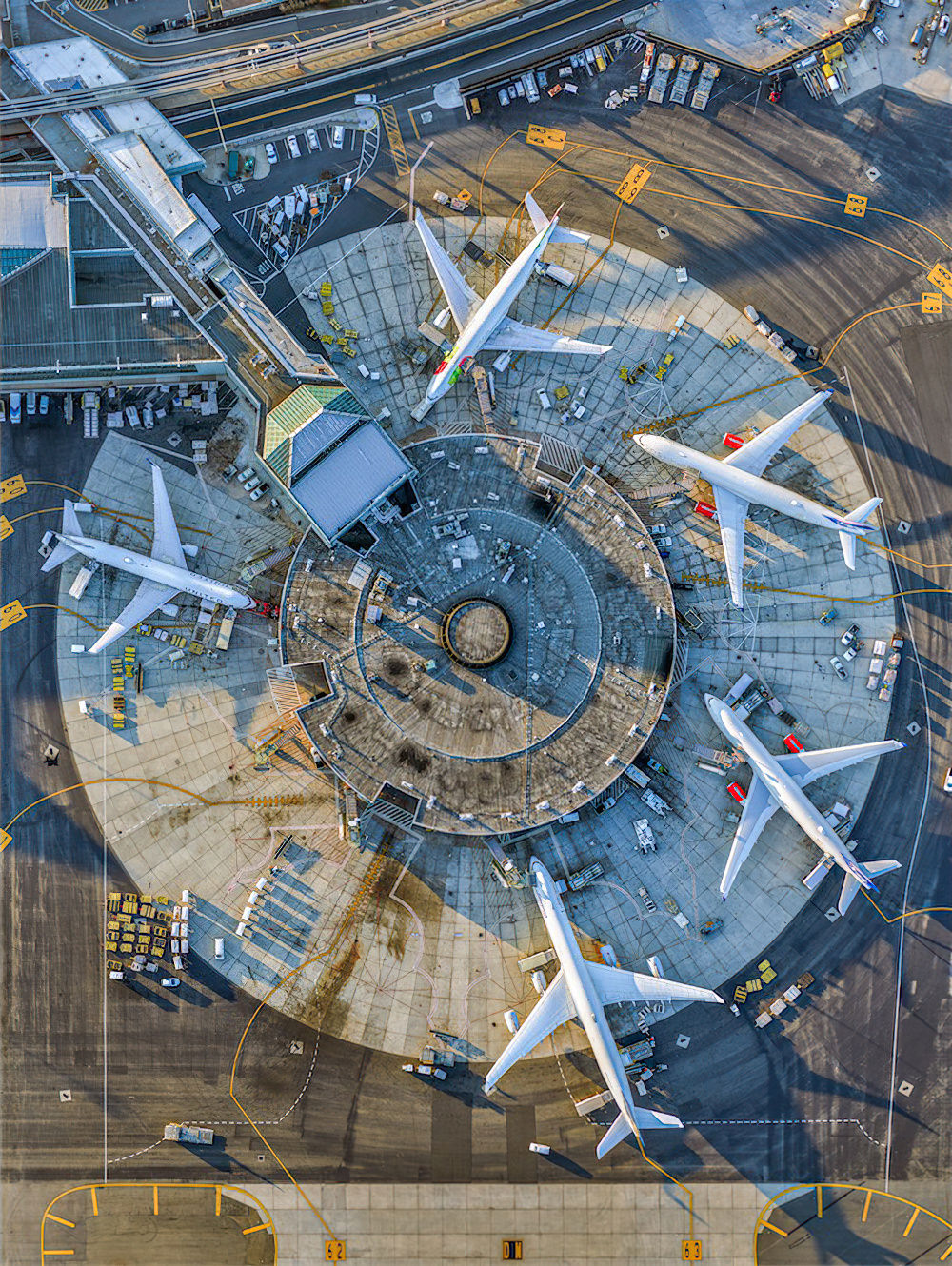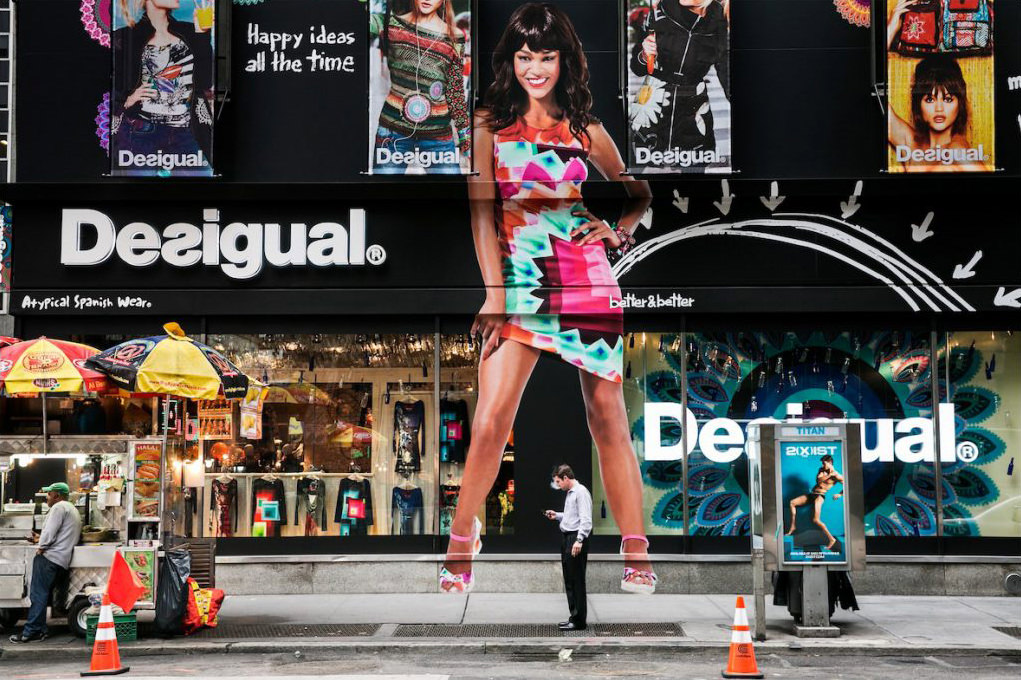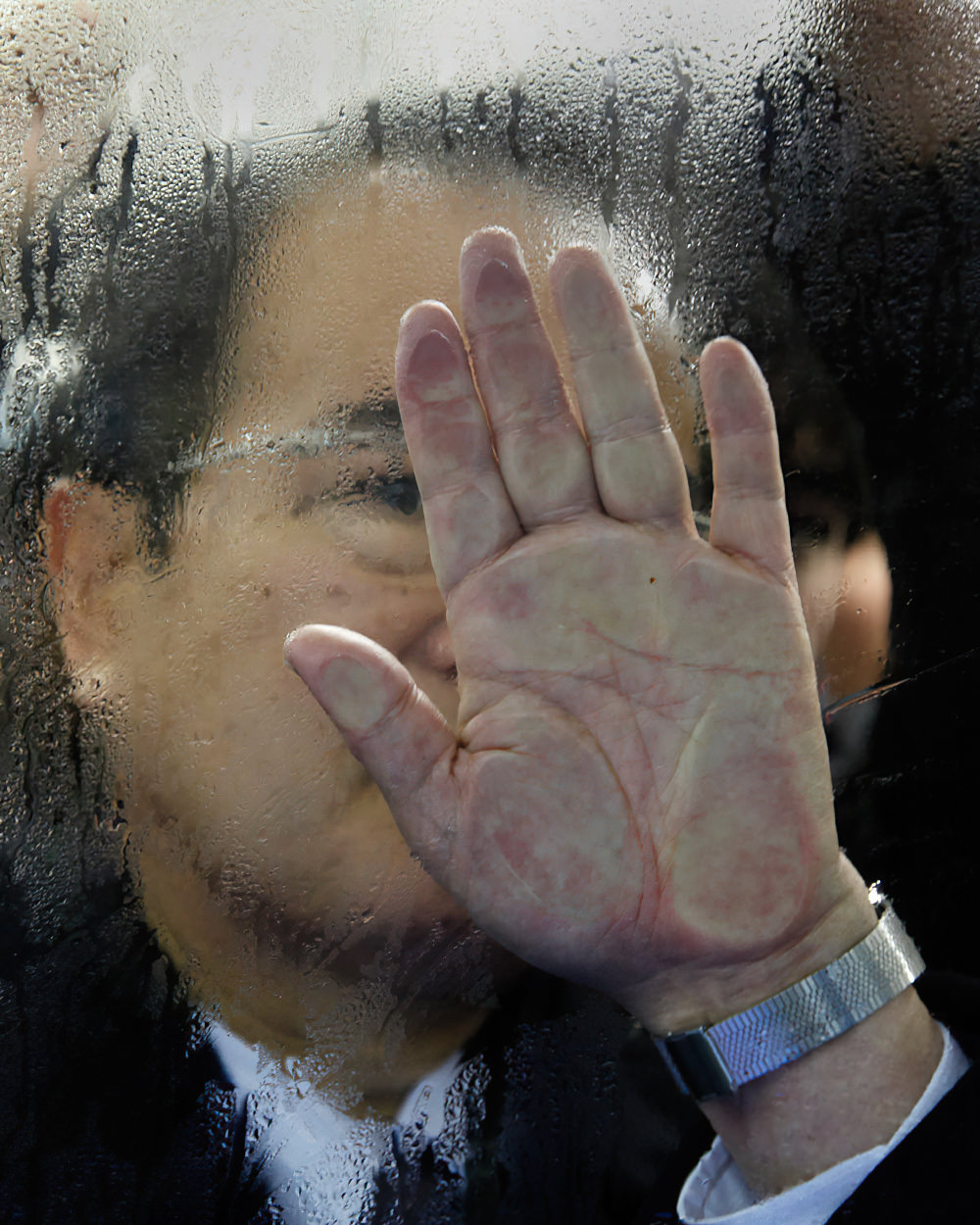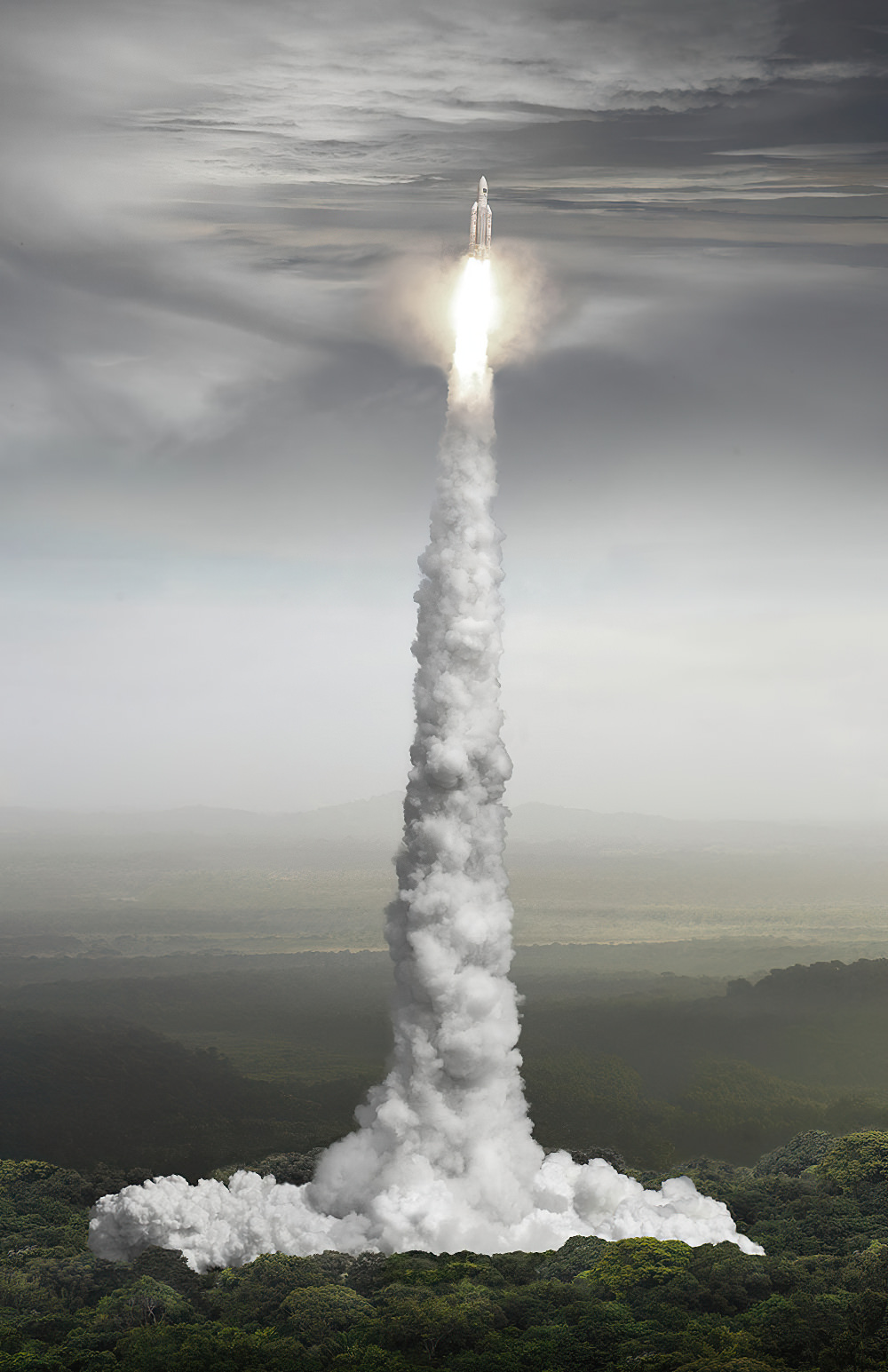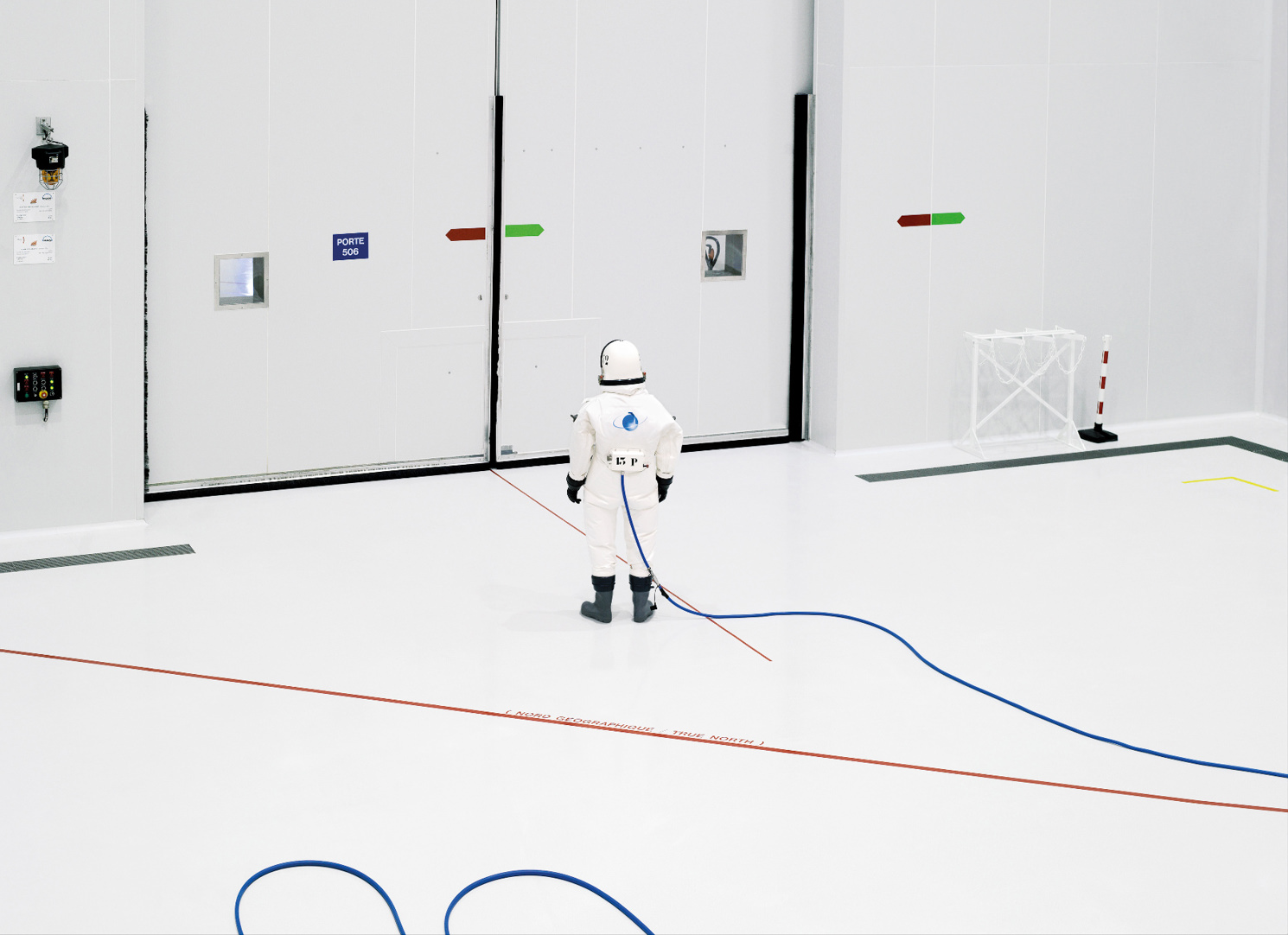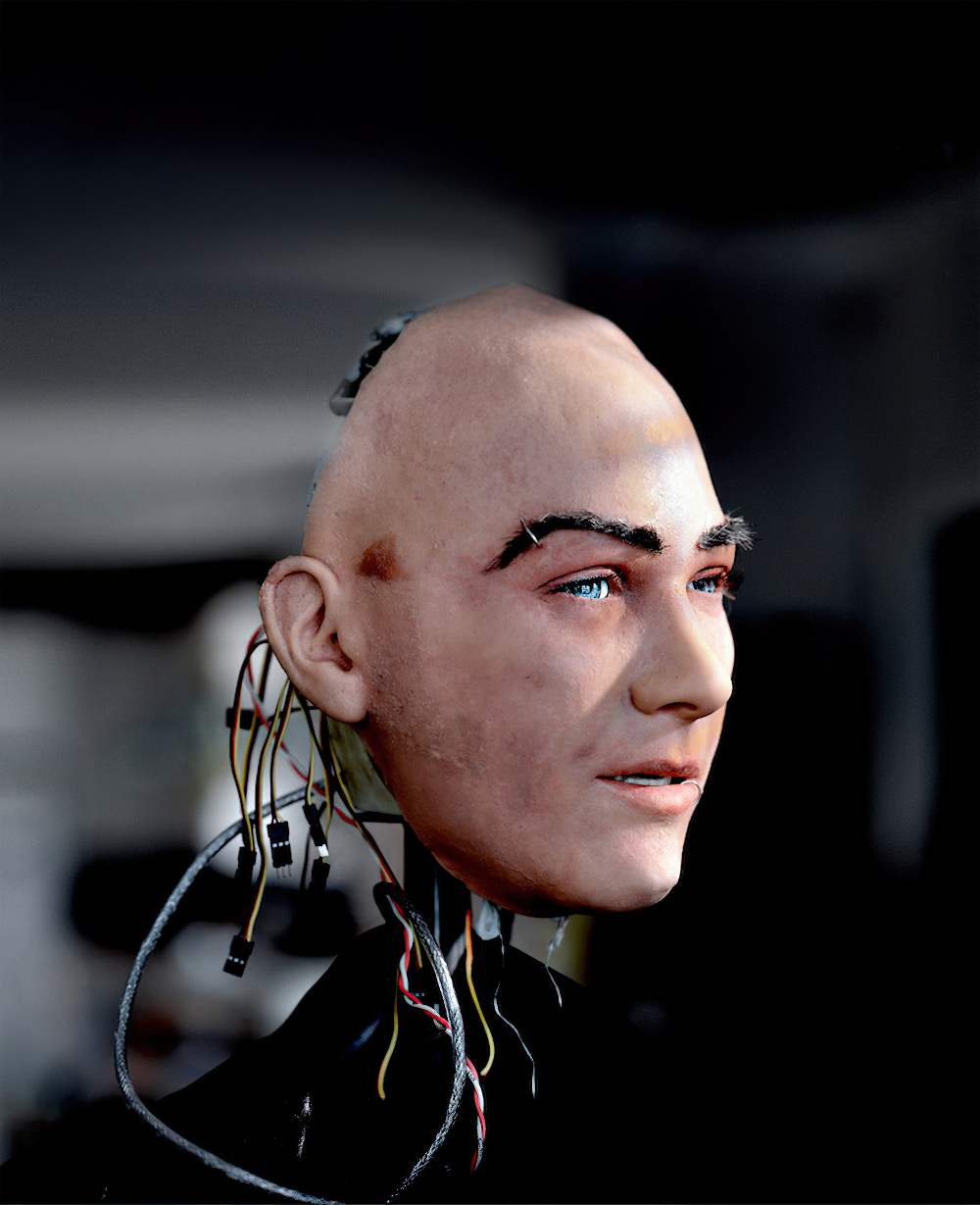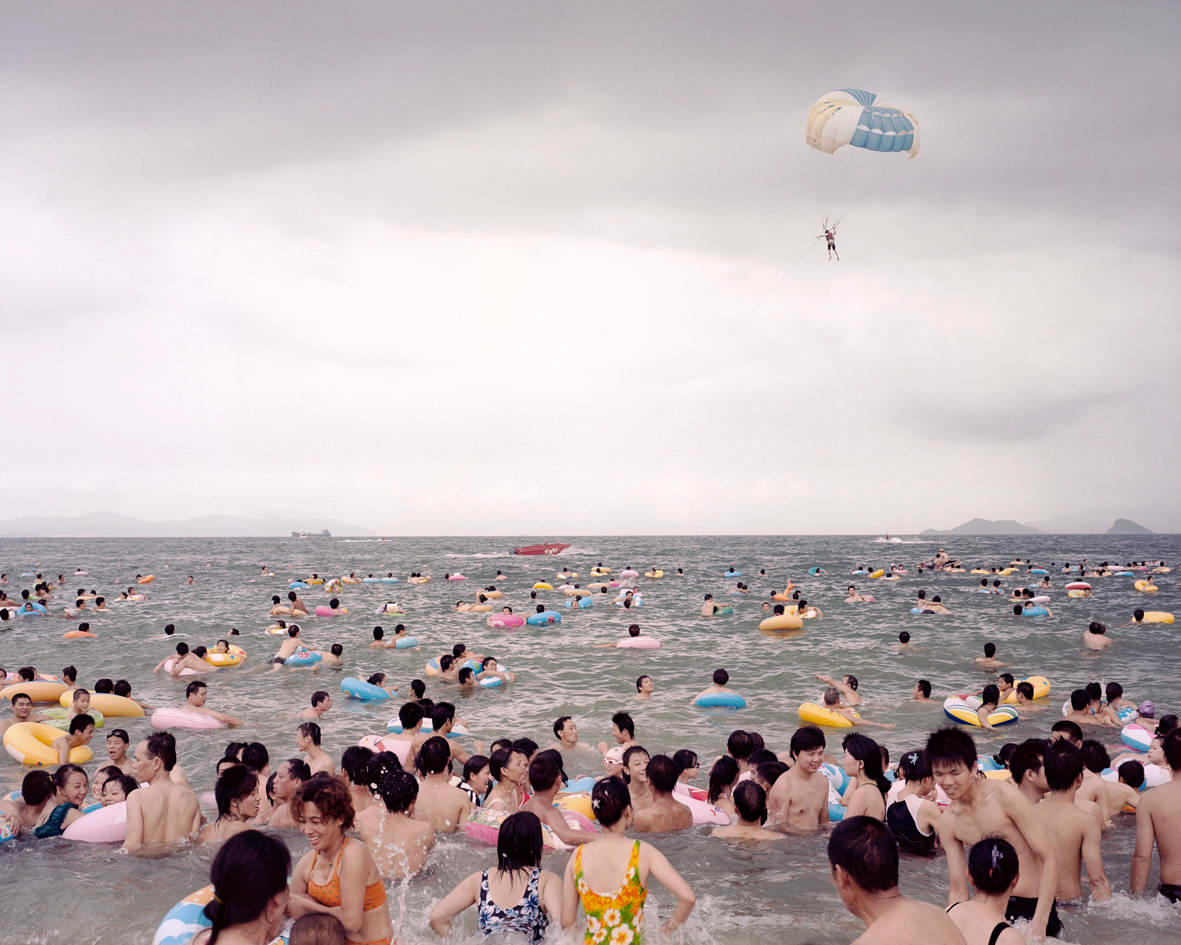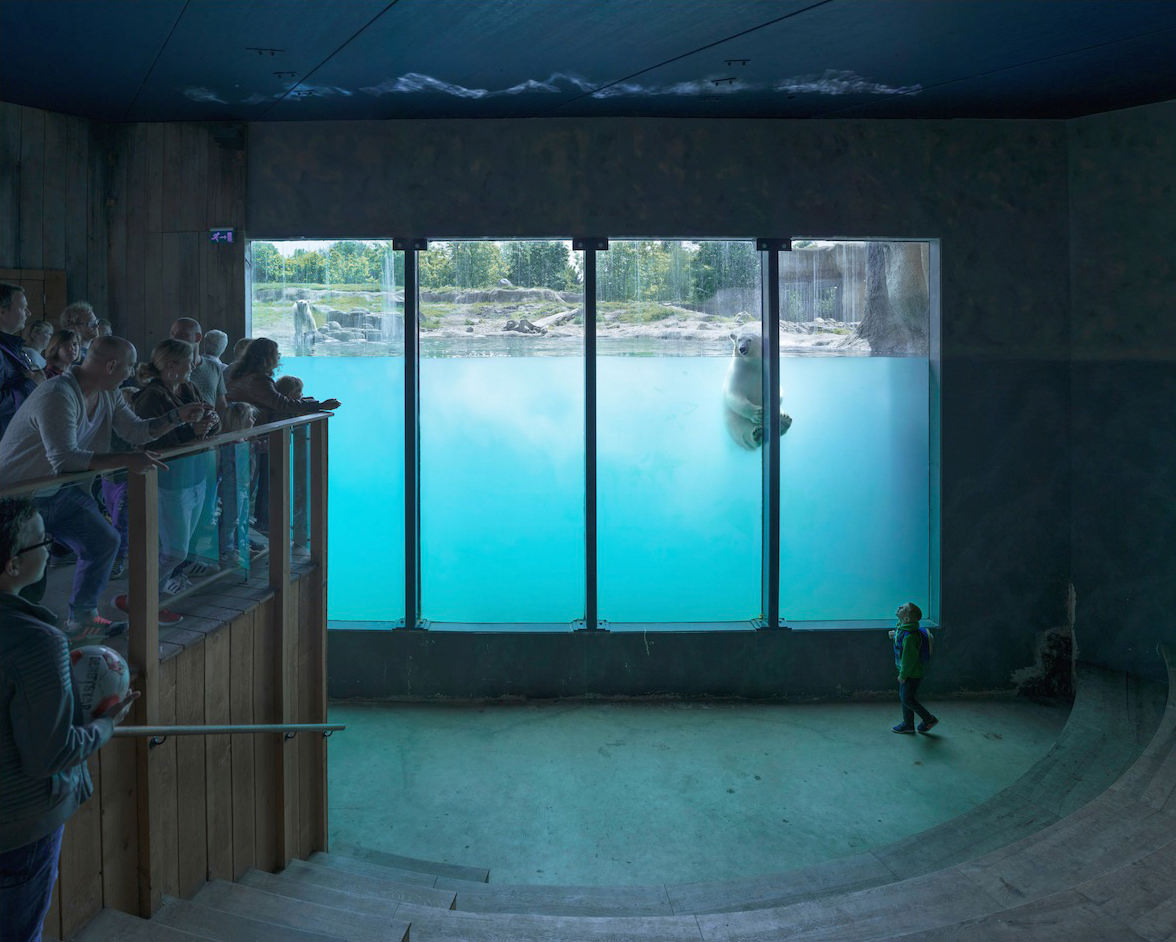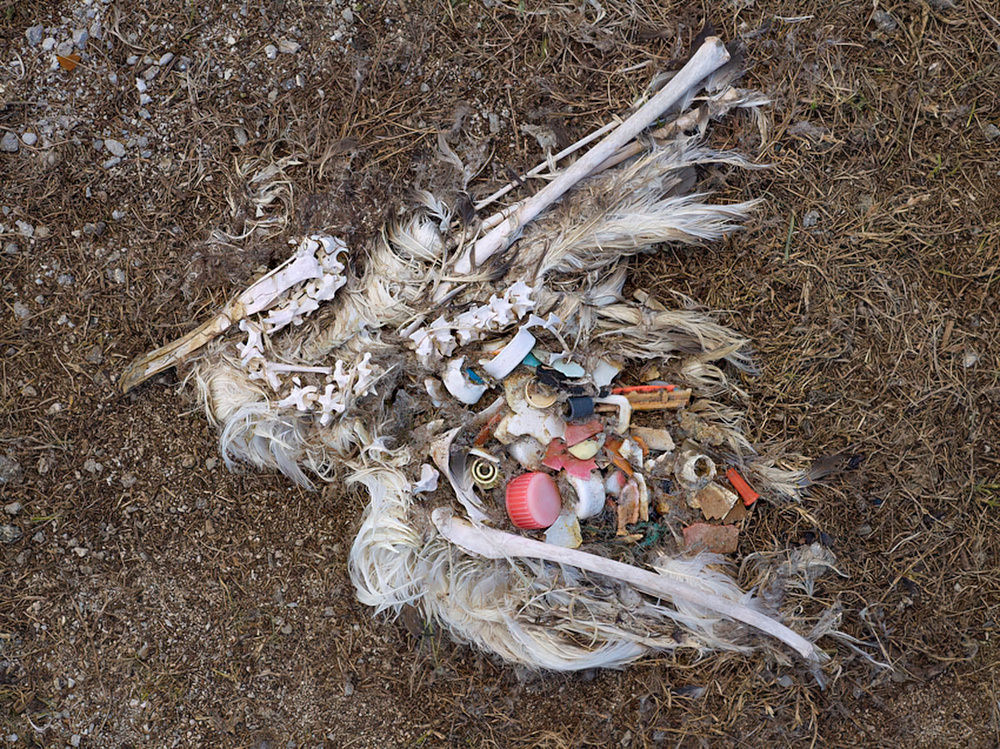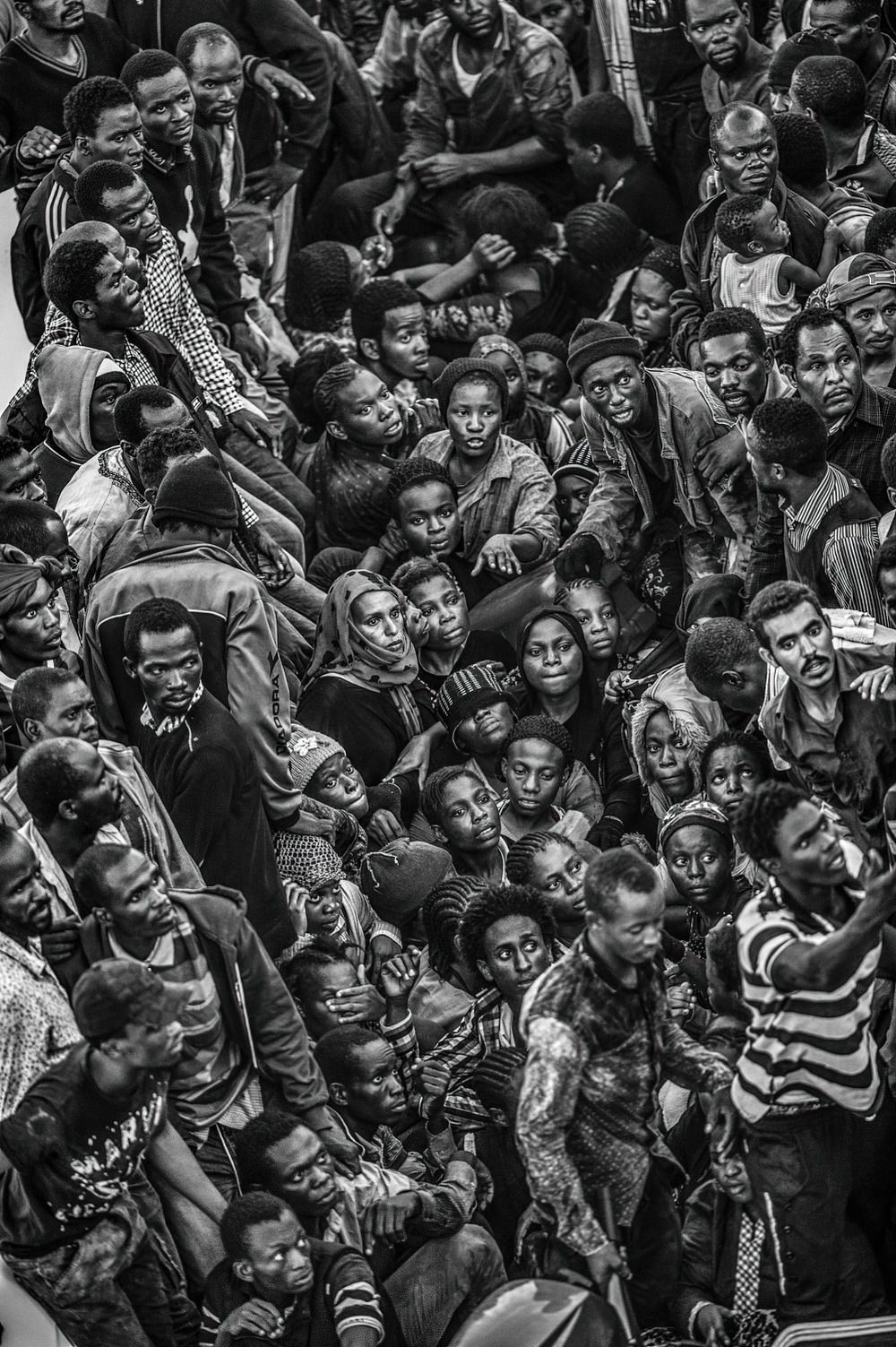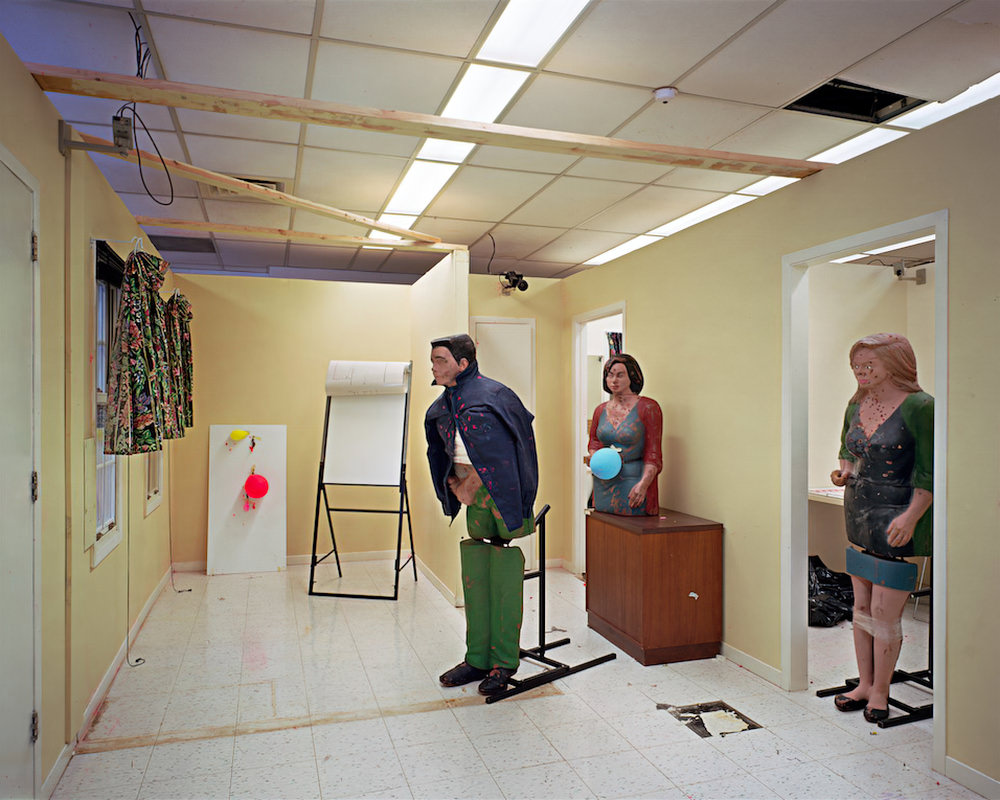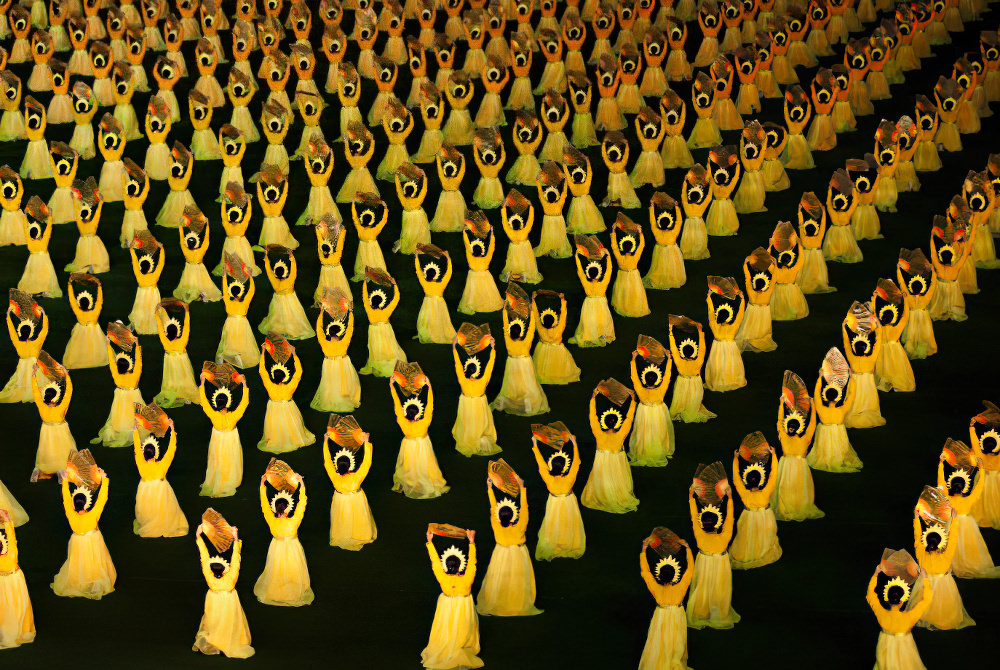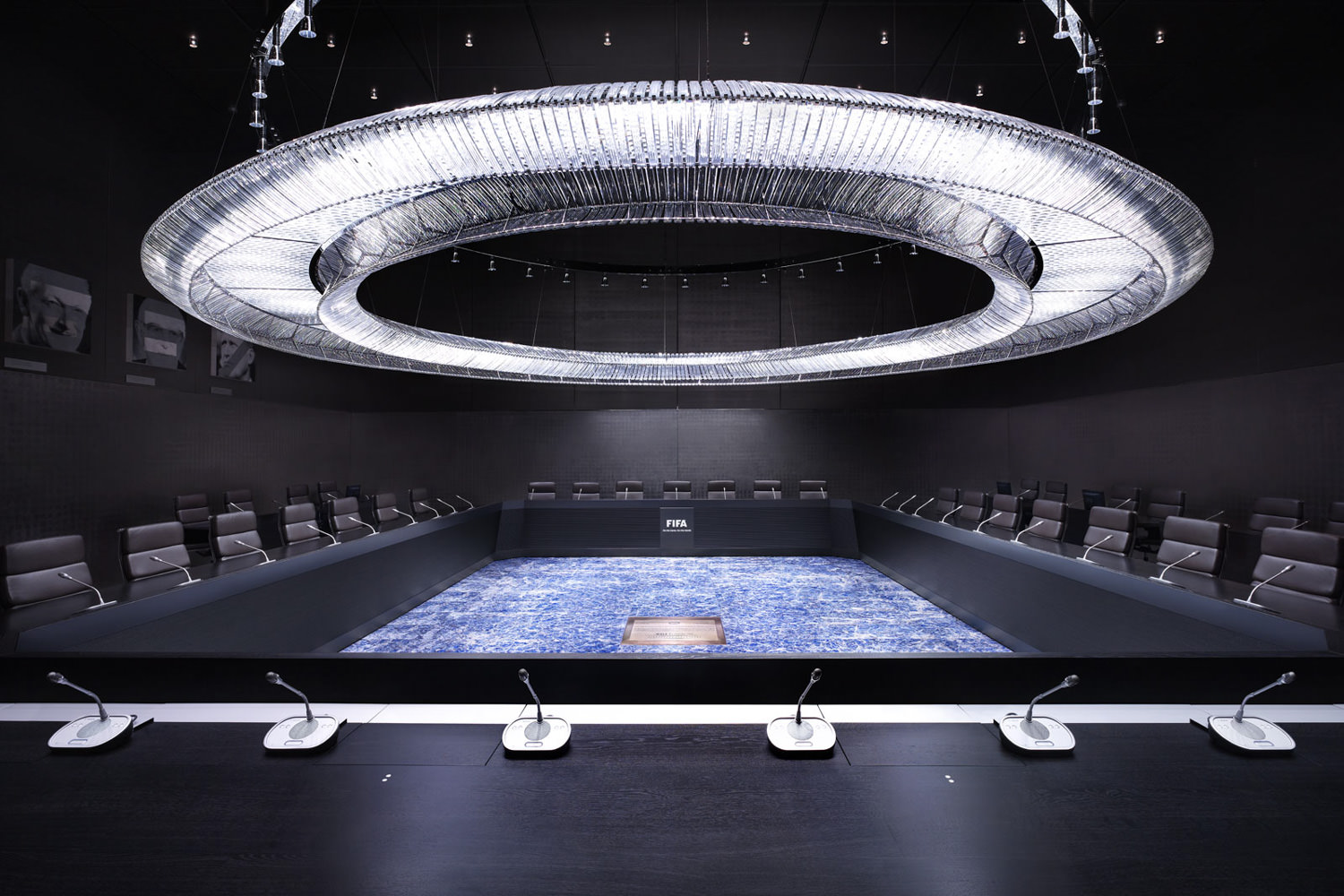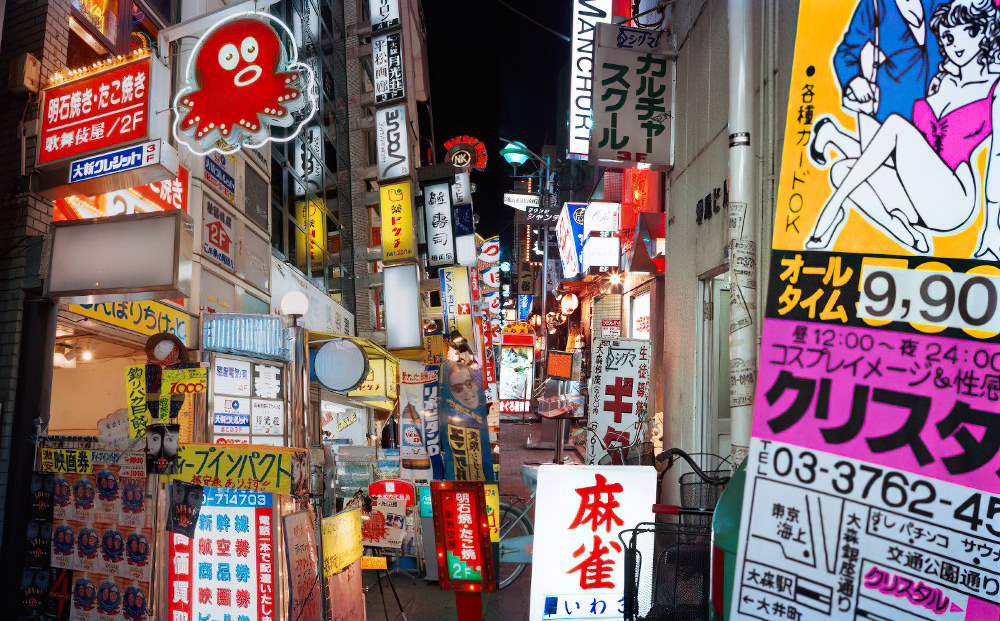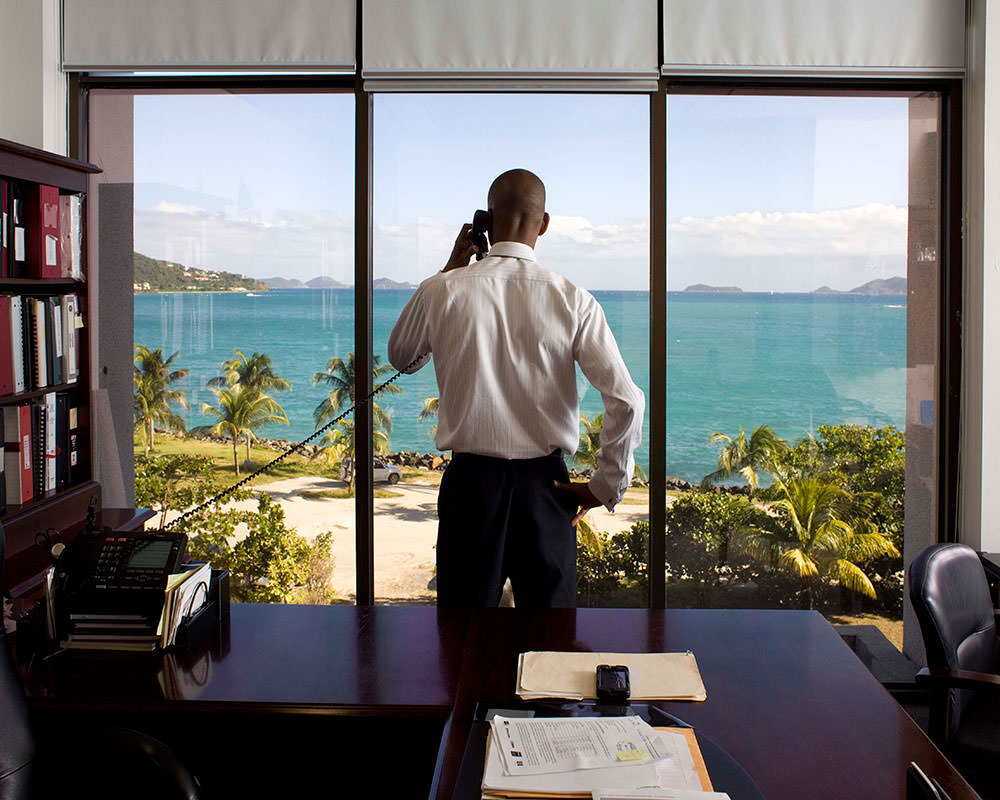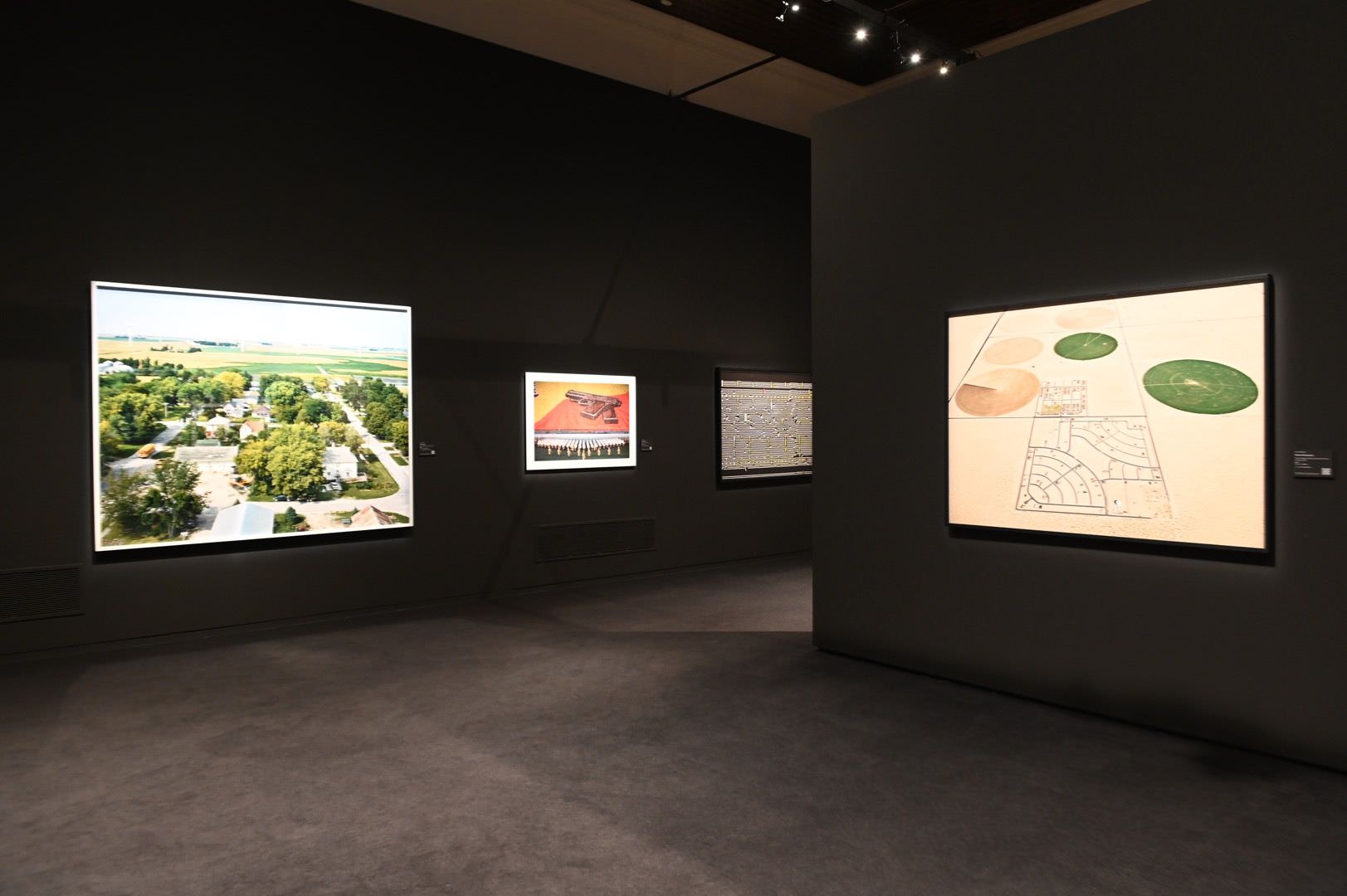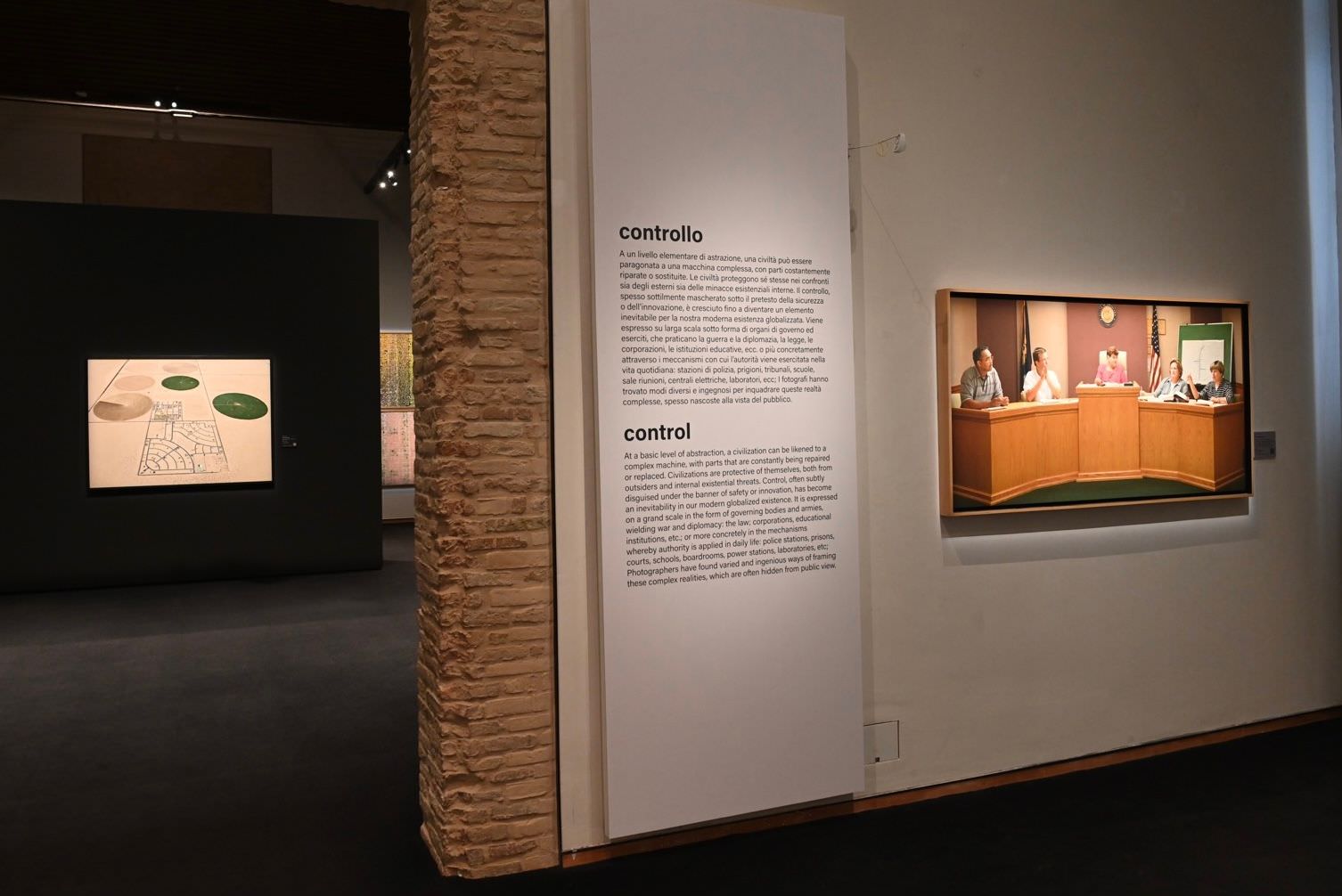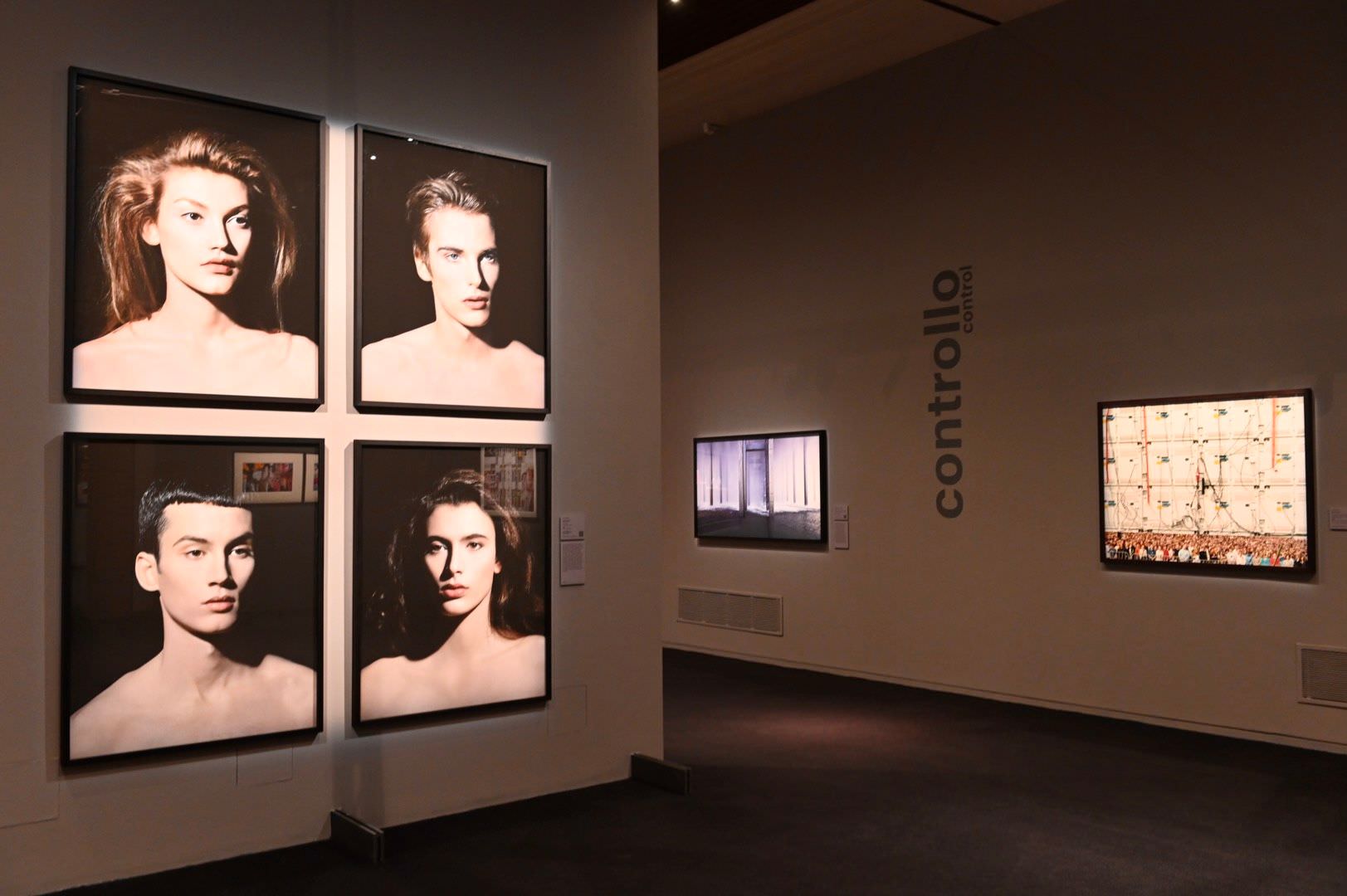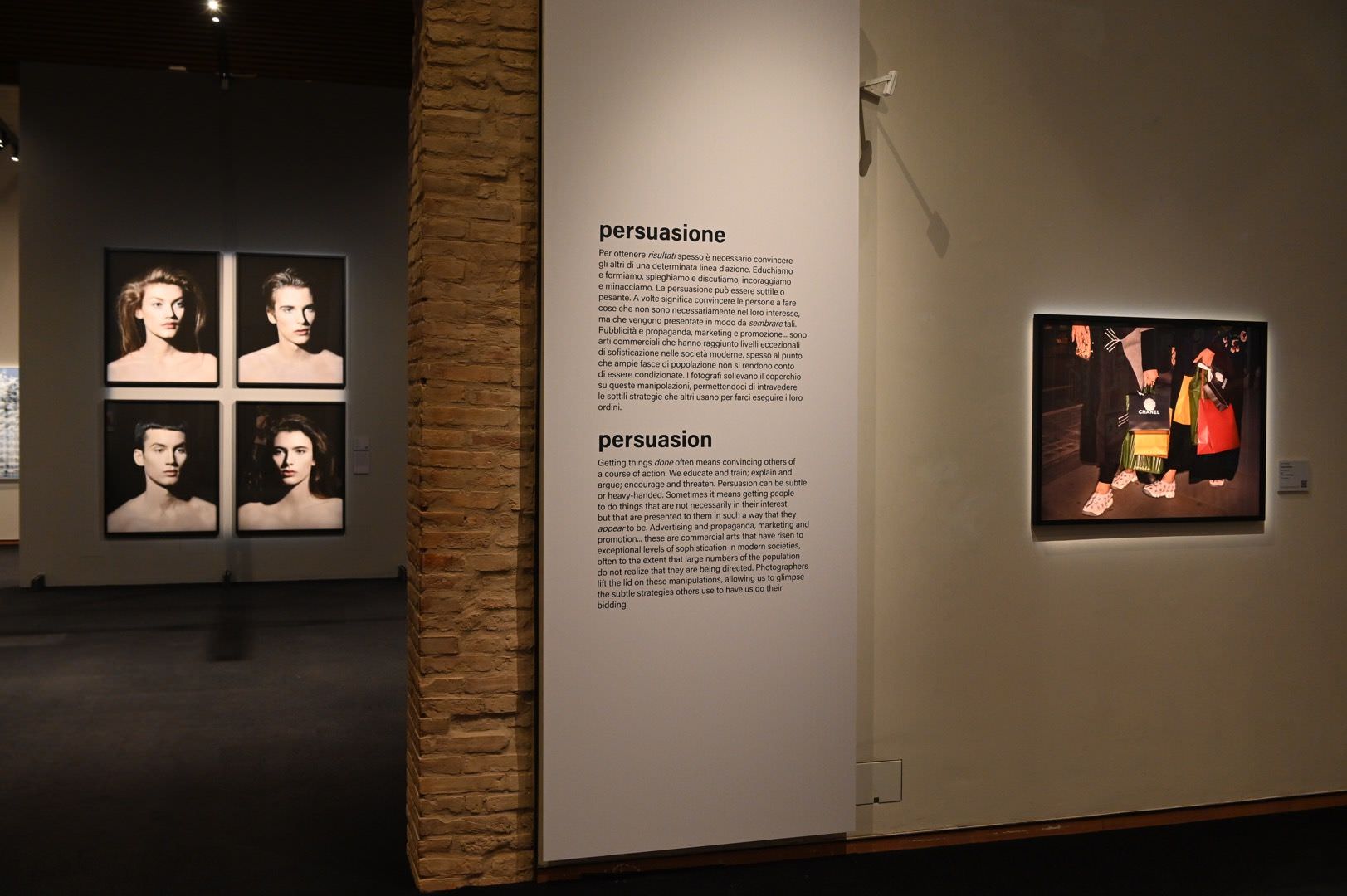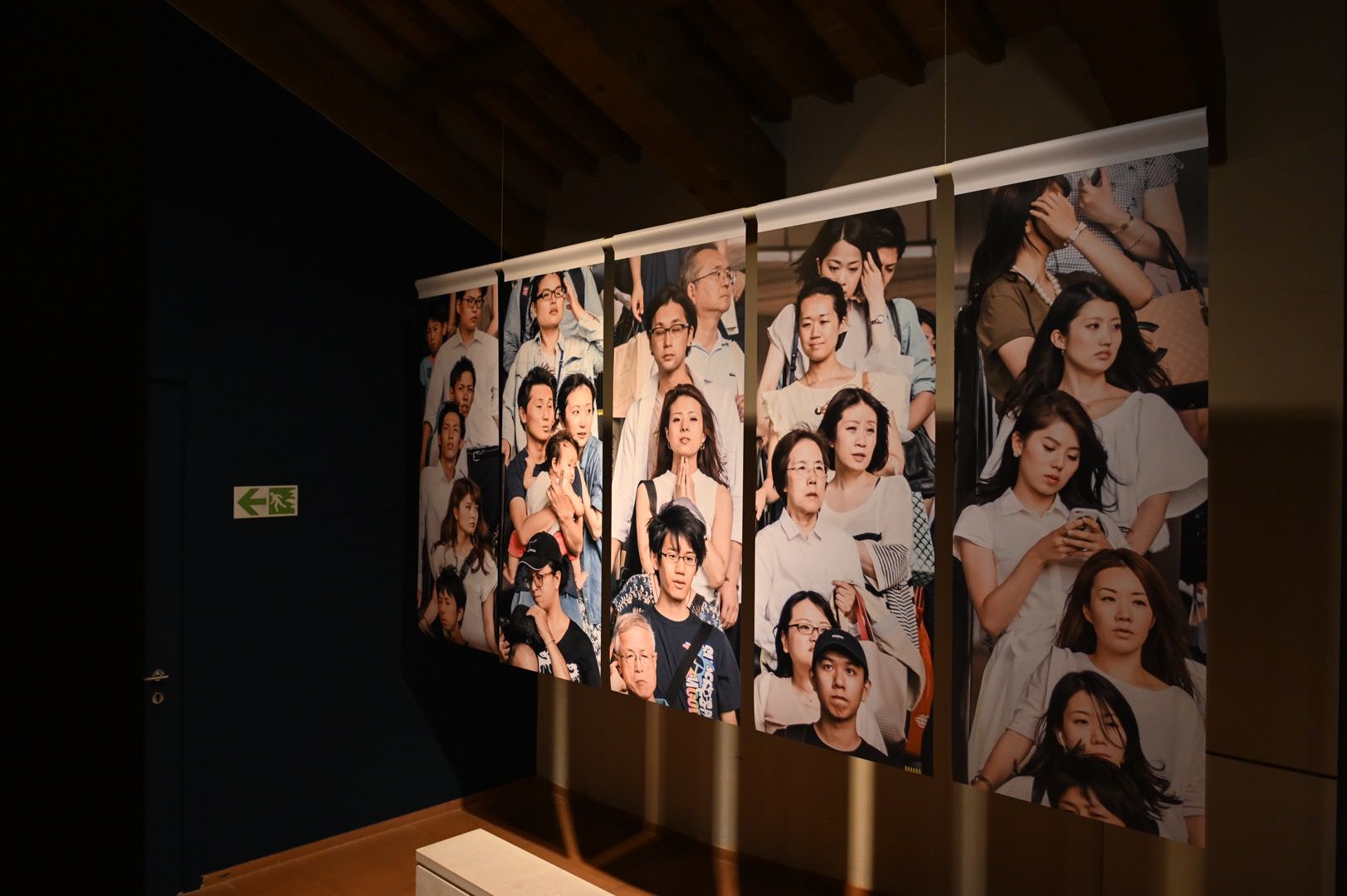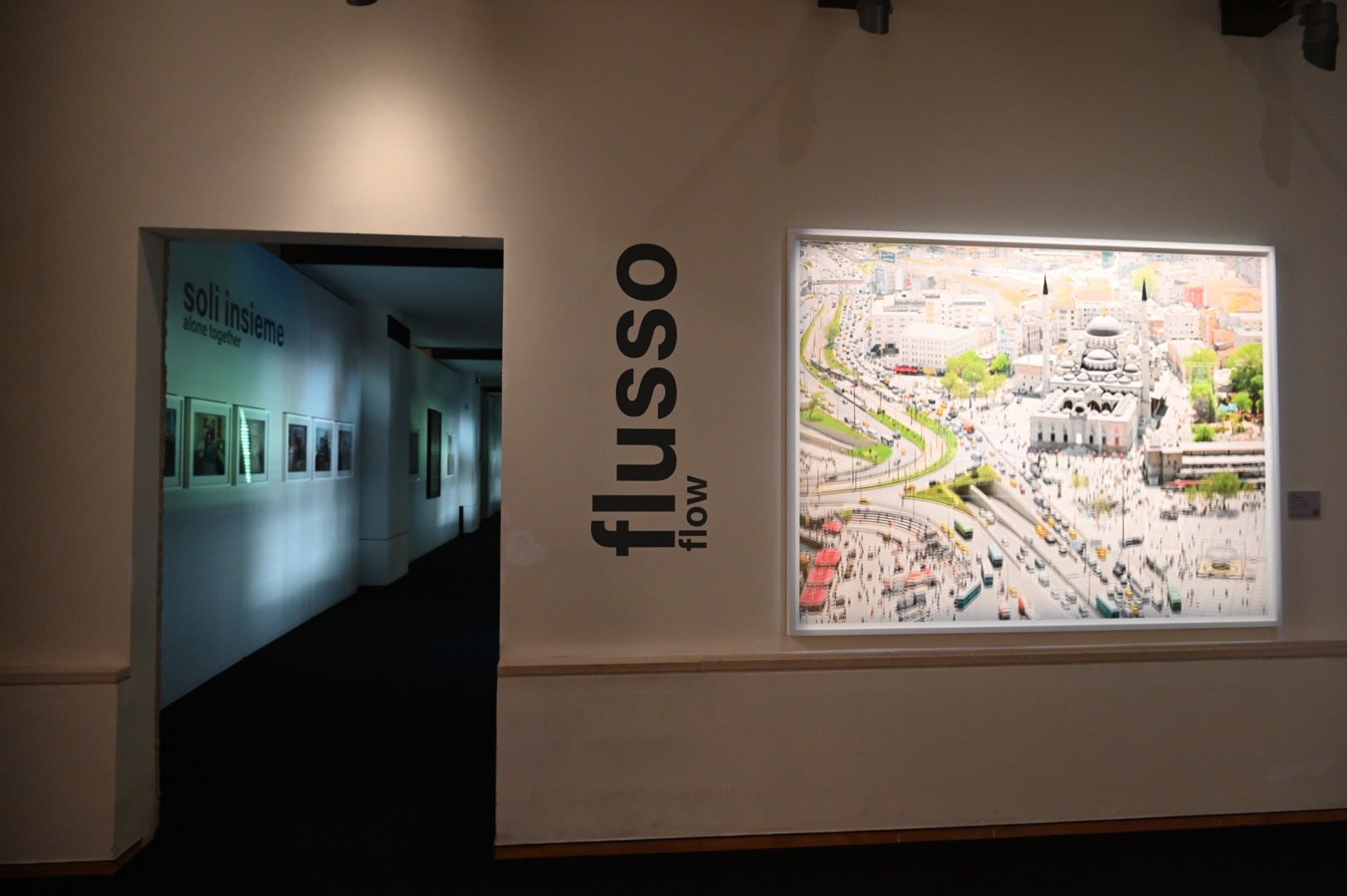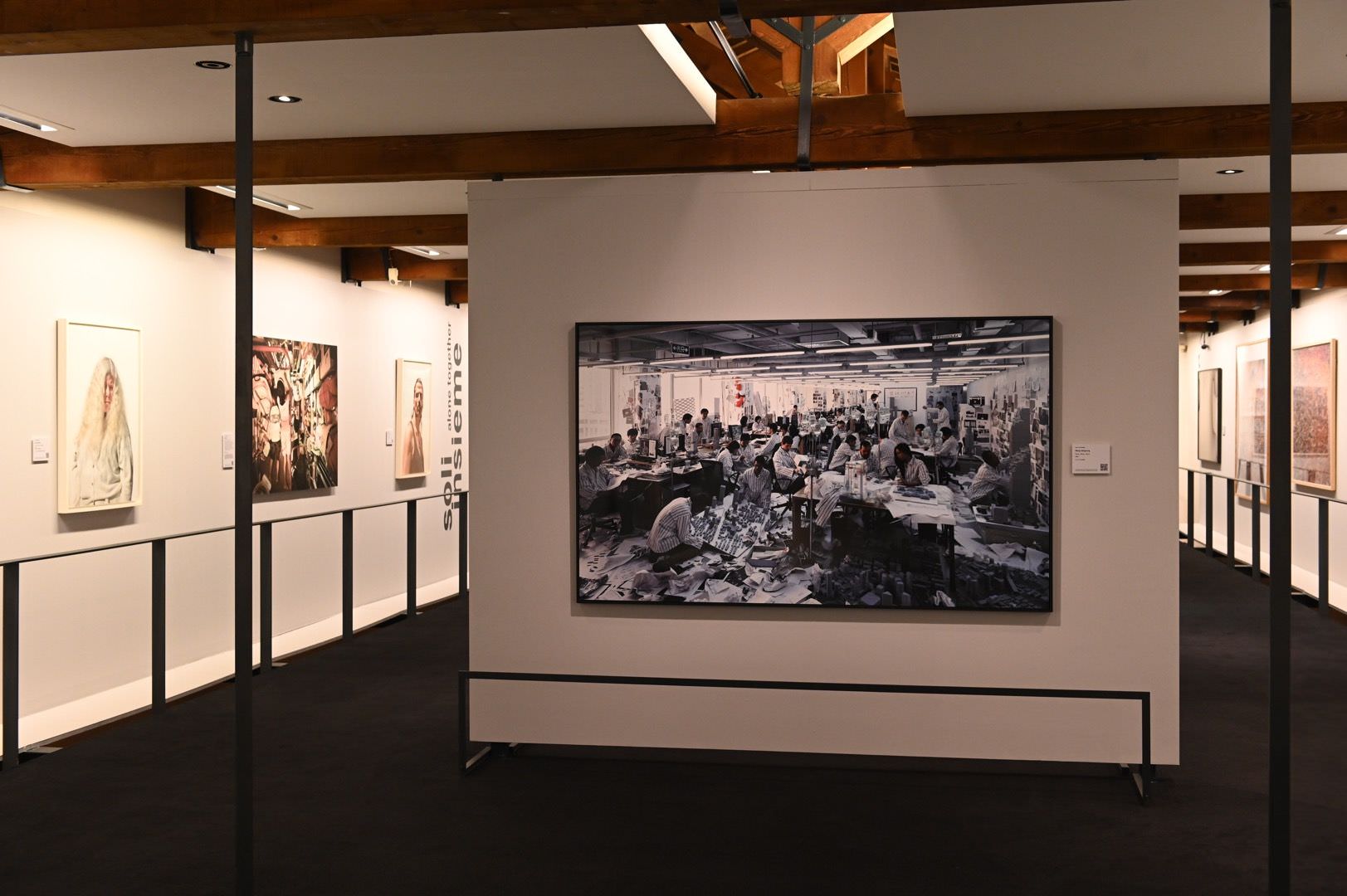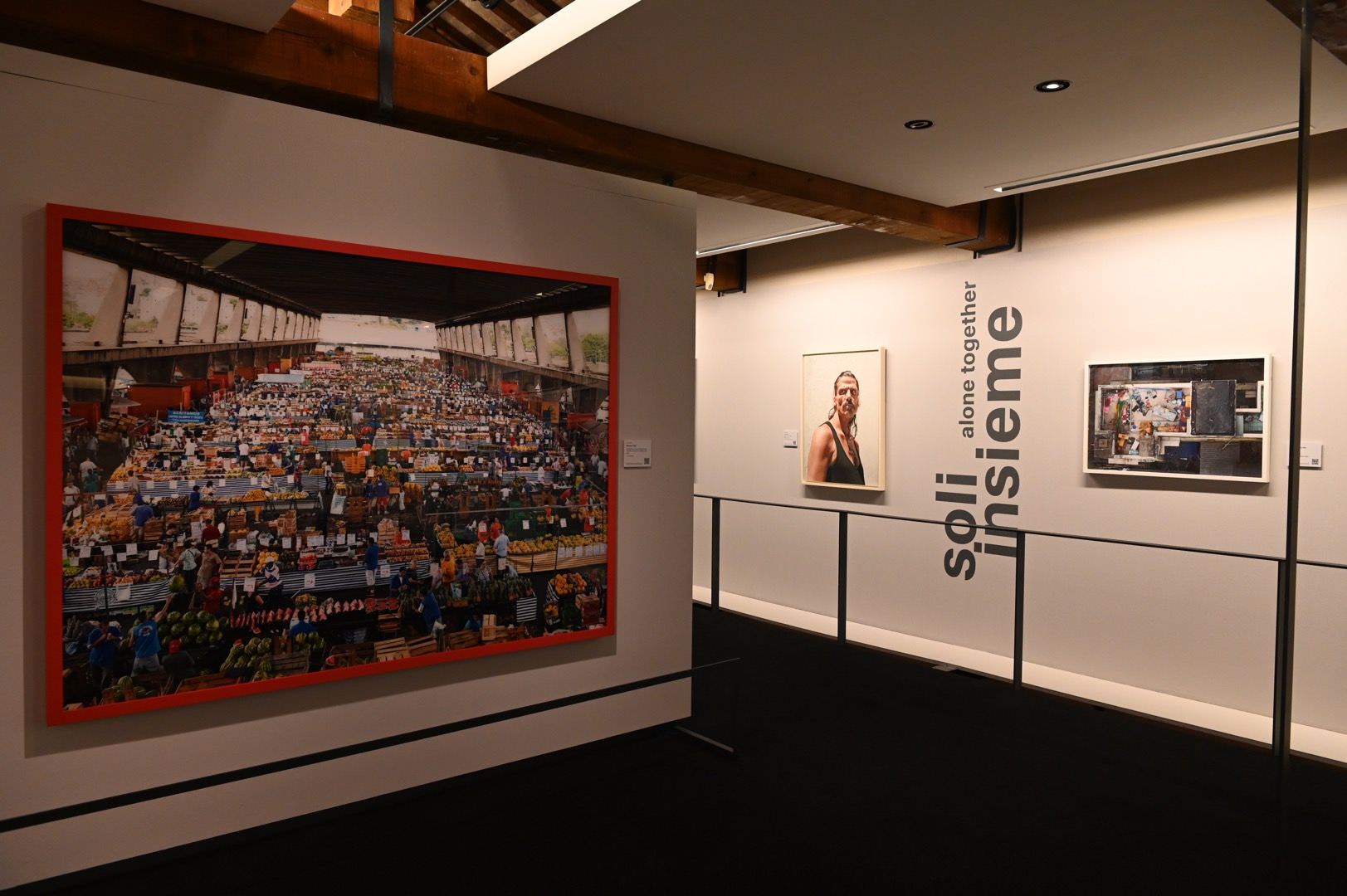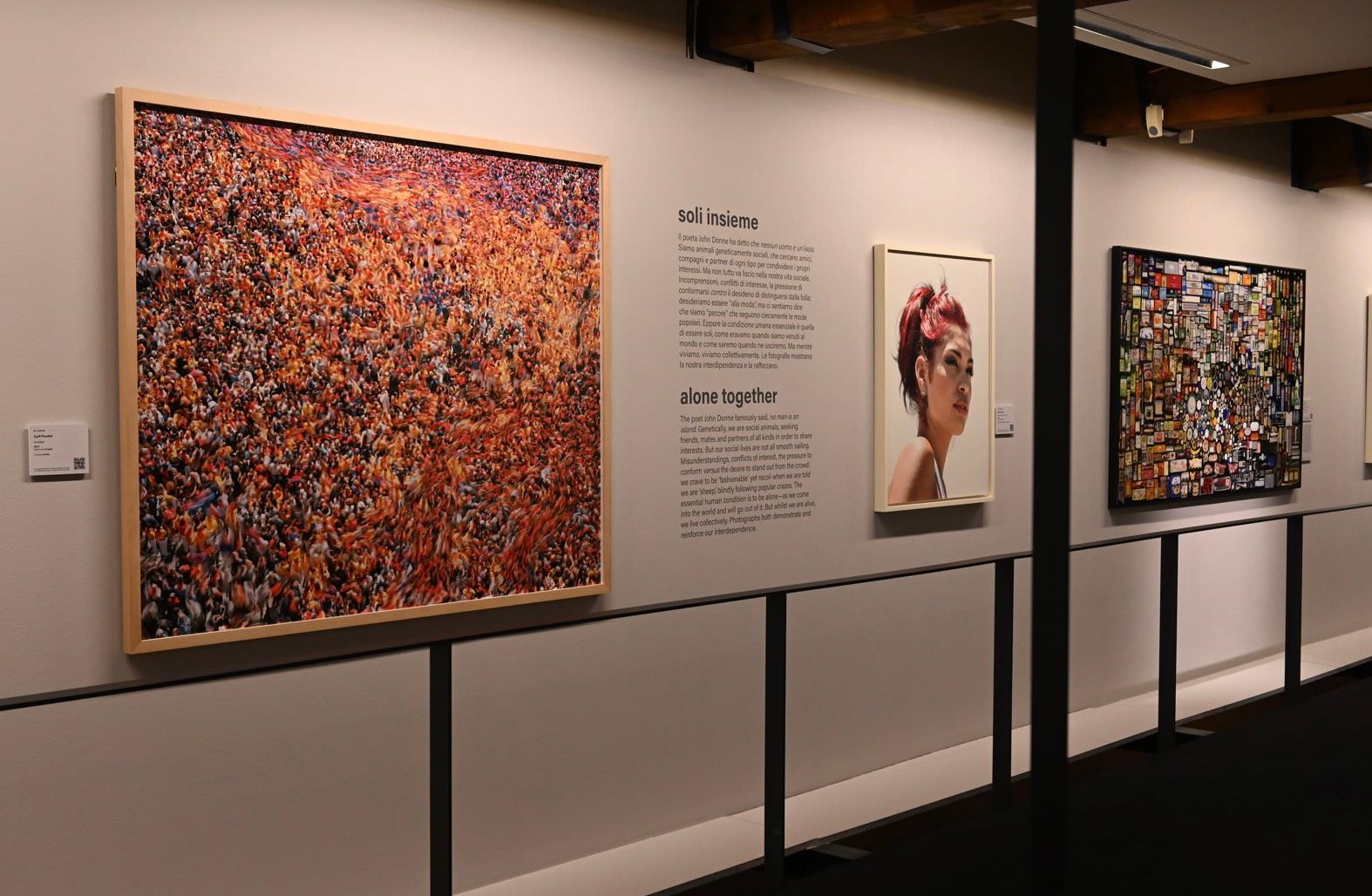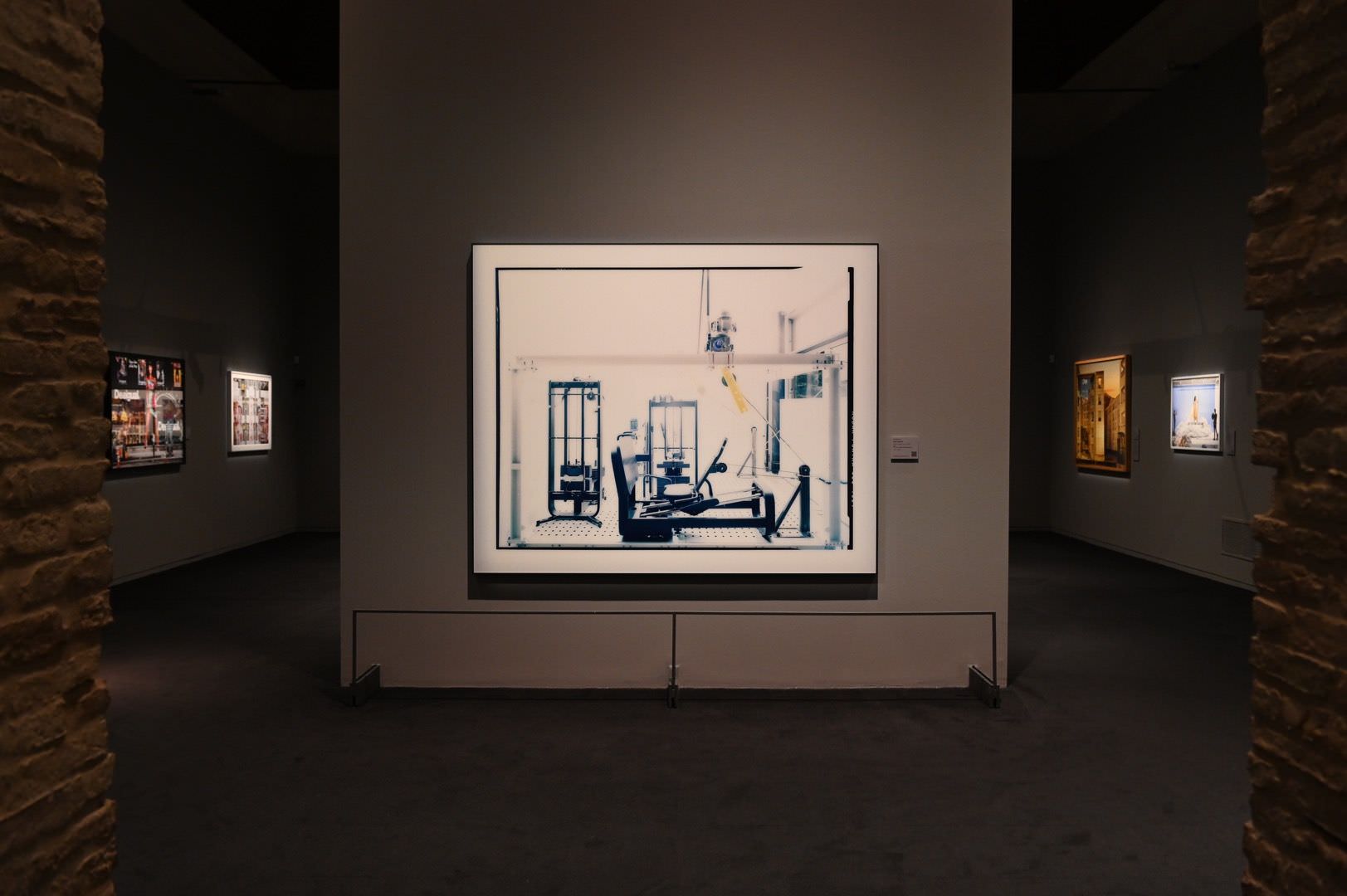Civilization: The Way We Live
Civilization: The Way We Live is a major exhibition, featuring the work of 100 of the world’s finest photographers. It addresses and illuminates major aspects of our increasingly global 21st century civilization. It stresses the fact that contemporary civilization is an extremely complex collective enterprise. Never before in human history have so many people been so interconnected, and so dependent on one another. In science and art, at work and play, we increasingly live the collective life. The Olympic Games, the giant Airbus, CERN, MRI, the Trident Submarine, Wikipedia, the Academy Awards, the International Space Station, Viagra, the laptop computer and the smartphone… However we feel about any of them, none of these complex phenomena would have been possible without superlatively coordinated efforts involving highly educated, highly trained, highly motivated, highly connected people.
Though photography has always embraced investigations of the self, looking inward to existential questioning and individual poetics (what curator John Szarkowski called “mirrors”), it can also be said that many of the world’s greatest photographers deal with the real world (Szarkowski’s “windows”). Their work may revolve around the functional aspects of society and culture (home life, pleasure and leisure, travel, religion, the workplace, production and consumption); or revolve around its dysfunctional aspects (alienation, crime, pollution, social breakdown and war). Edward Burtynsky’s oil fields, Raimond Wouda’s high school, Reiner Riedler’s families at leisure, Lauren Greenfield’s ostentatious displays of wealth – these are only a few of the many subjects covered by the exhibition. Obviously each category features the work of several artists. Whatever their particular focus, the photographers have chosen to depict, reveal, examine, critique and otherwise reflect upon our hyper- modern, technologically complex human ‘hive’, to adopt Tom Wolfe’s apt metaphor.
Taken as a whole, this exhibition takes stock of our civilization’s material and spiritual culture, ranging from the ordinary to the extraordinary, and from civilization’s great collective achievements and its ruinous collective failings, expressing thoughts and feelings in the richly nuanced language of photography. And though it features photography of the real world, it embraces different ways of dealing with it, from the ‘straight’ document to the mise en scene.
It must be stressed that this is decidedly not a didactic exhibition; images, not words, tell the story of civilization – i.e., the photographs do not illustrate a thesis – they are the thesis.
Civilization: The Way We Live focuses on shared human experience. We may have never been on a Dreamliner or attended the Academy Awards or met Paris Hilton, but we know all about them, whether we want to or not. Most of us have never come face to face with an Al Qaeda operative either, but we all have to take off our shoes at security. In his book Civilization (2011), the historian Niall Ferguson notes: “These days most people around the world dress in much the same way: the same jeans, the same sneakers, the same T-shirts… It is one of the greatest paradoxes of modern history that a system designed to offer infinite choice to the individual has ended up homogenizing humanity.” This strange paradox is at the heart of Civilization: The Way We Live.
Major areas that are addressed in the exhibition:
- Habitation. Where we live. The human ‘hive’: cities, towns, villages, housing structures.
- Sustenance. How we maintain physical life. Food, drink, medicine, systems of supply and monitoring.
- Production. What we make. By hand, by machine. Technology.
- Consumption. What we use, how we use it.
- Movement. From A to B. Travel, transport. Air, sea, land, space, virtuality.
- Communication. Of ideas and information. Disinformation: propaganda, advertising.
- Learning. Expansion of knowledge, passing of torch from generation to generation.
- Exploration. Pushing boundaries, whether on land, sea, and in space, or in the world of ideas and technologies.
- Control. Maintaining order, of men and machines and of groups and societies. Political organization, social structures, bureaucracy. Reaction to natural disasters.
- Escapism. Diversion and release of tensions. Tourism, mass entertainment, celebrity, spectacle, professional sport.
- Crisis. Breakdown of structures and values.
- Aggression. Societal conflict. Crime, war.
- Alienation. Individual loneliness and isolation.
- Belief. Religion, morality, spirituality.
- Hope. Societal improvement and solutions.
The exhibition is co-produced by the Foundation for the Exhibition of Photography (Minneapolis, New York, Paris, Lausanne) and the National Museum of Modern and Contemporary Art of Korea in Seoul, in collaboration with Fondazione Cassa dei Risparmi di Forlì.
Civilization: The Way We Live was curated by William A. Ewing and Holly Roussell assisted by Justine Chapalay.
The Forlì edition was coordinated by Walter Guadagnini, Monica Fantini and Fabio Lazzari.
Civilization: The Way We Live
from 17 SEPTEMBER 2022 to 8 JANUARY 2023
Musei San Domenico – Forlì – Italy
More info on:
https://mostracivilization.it/en
(cover picture by Reiner Riedler)

